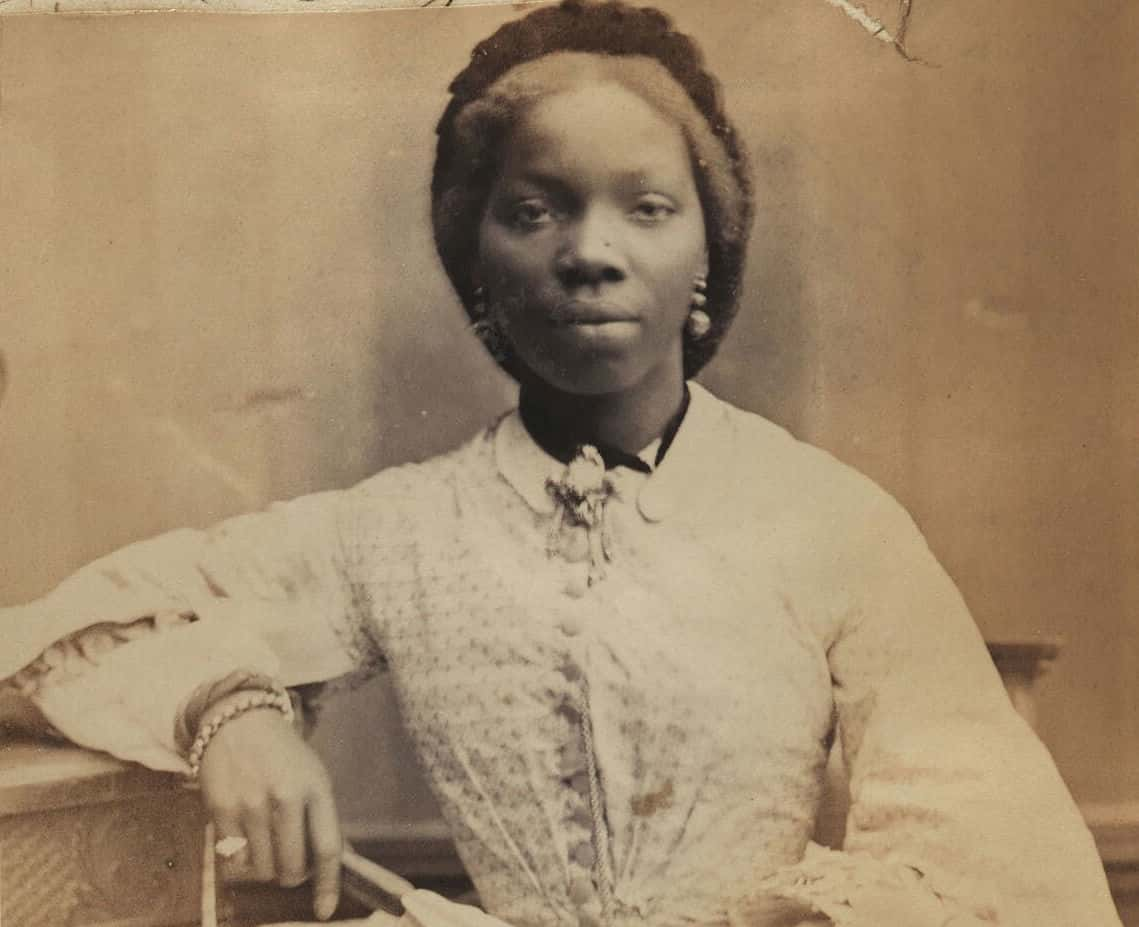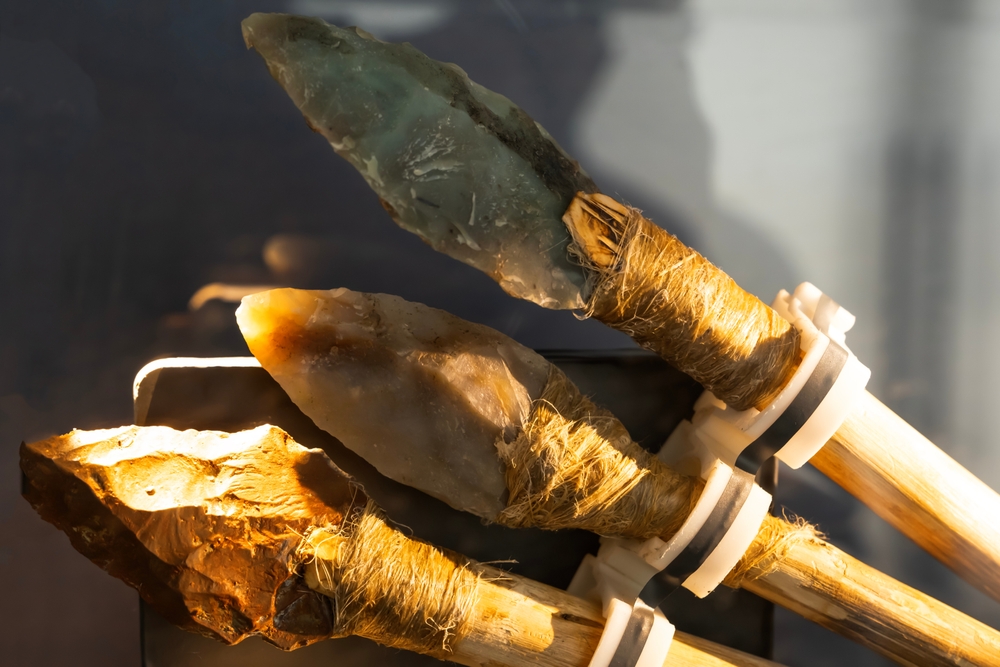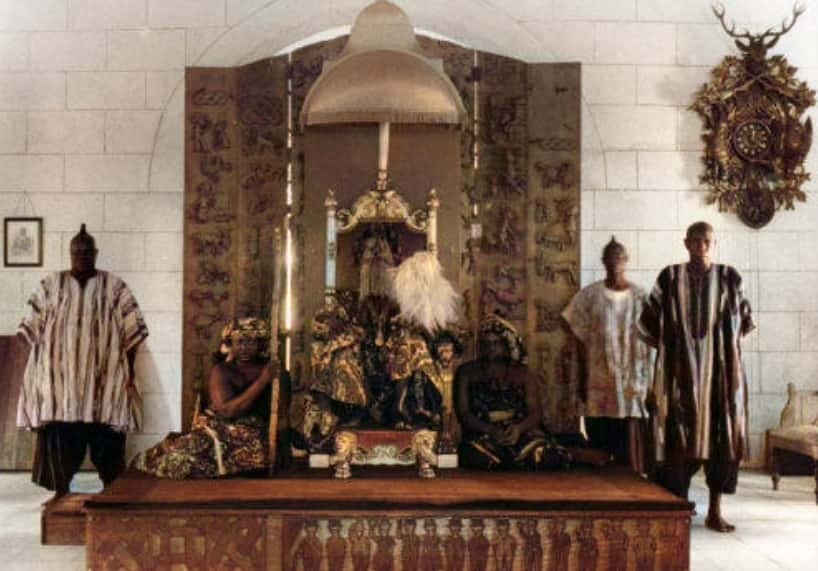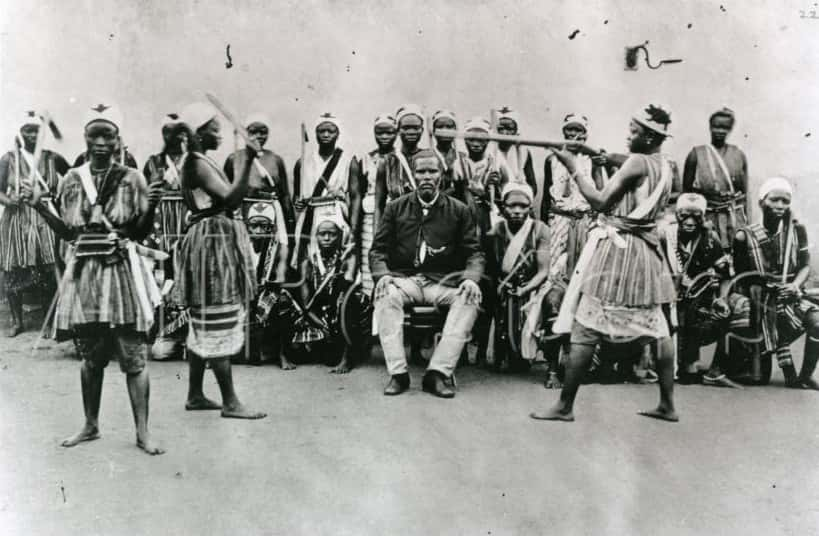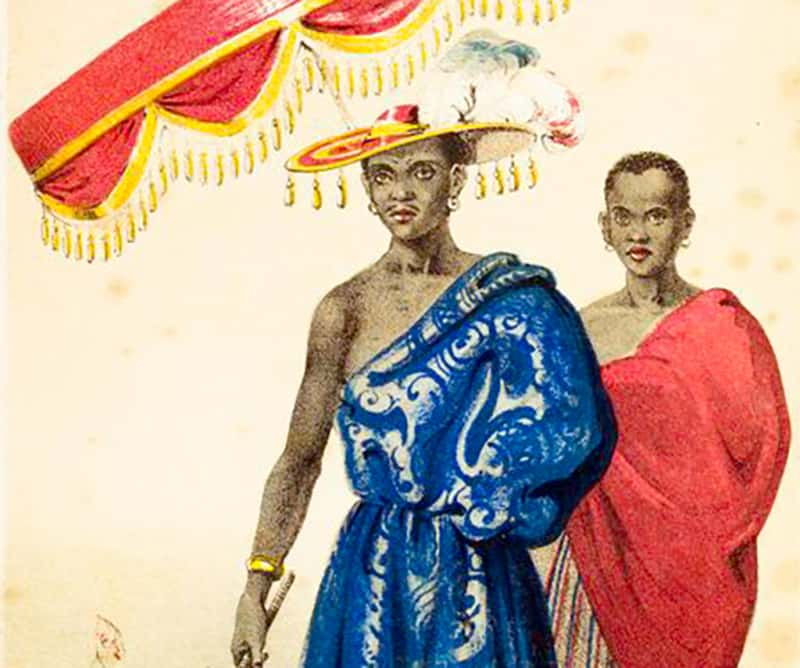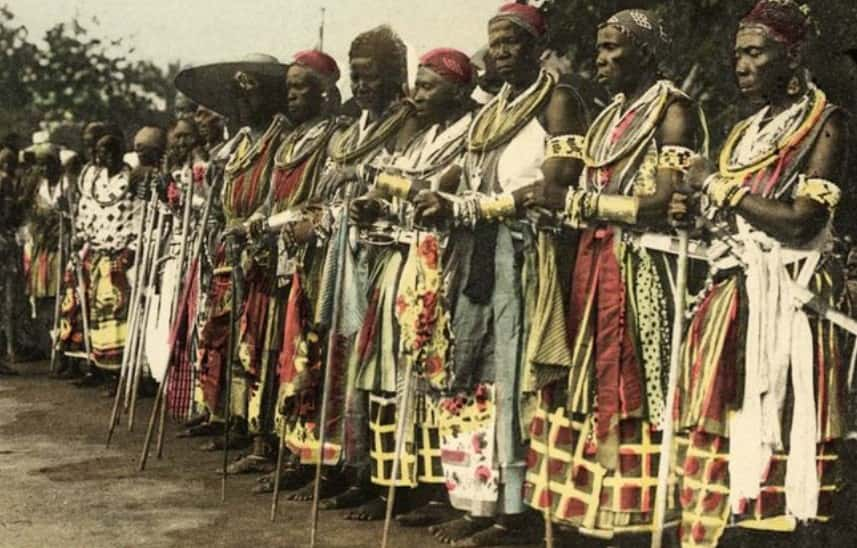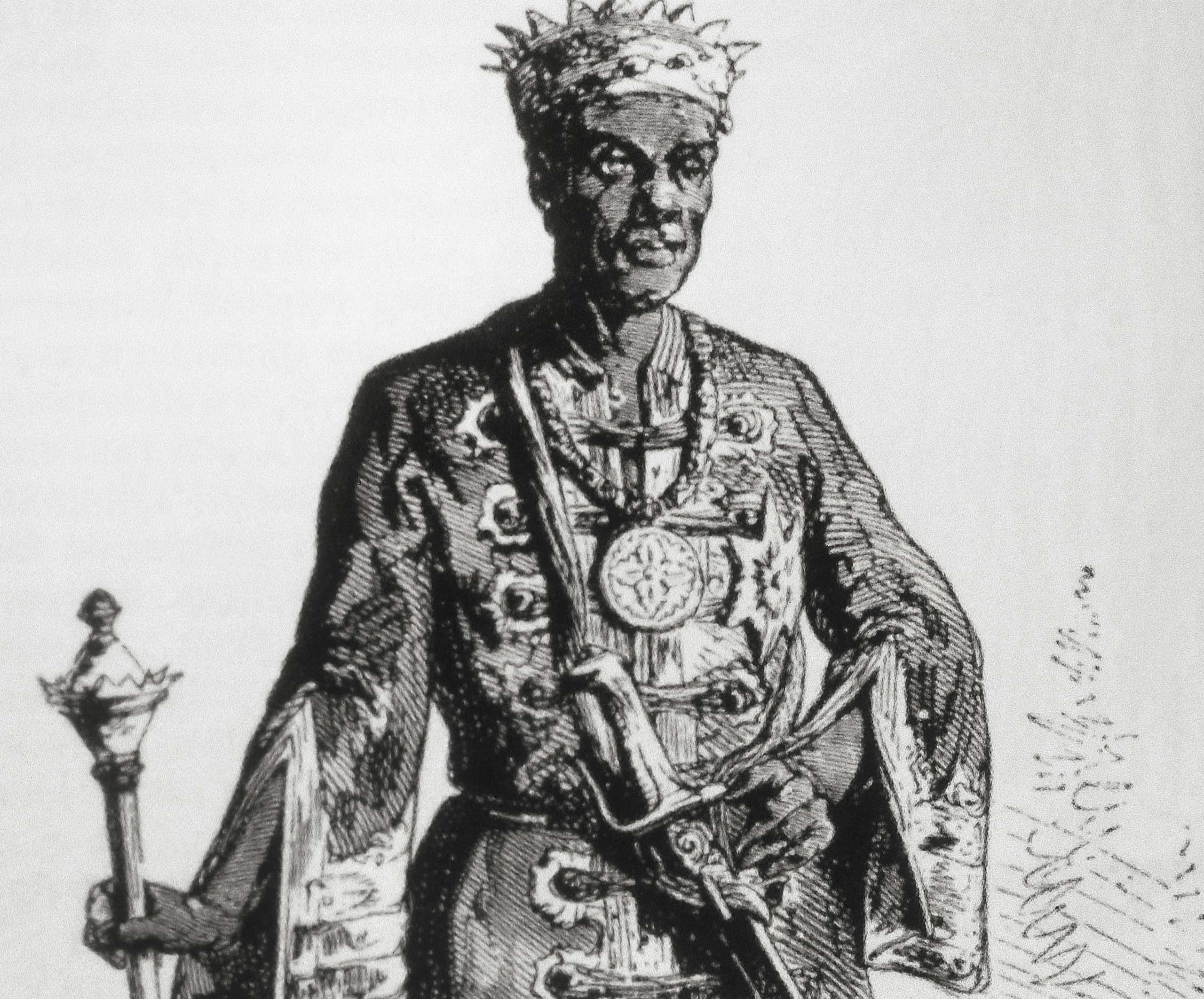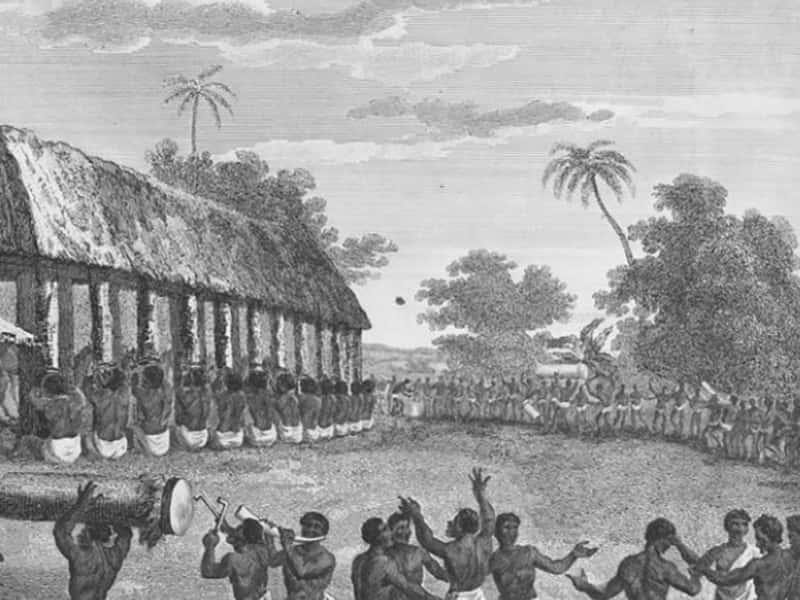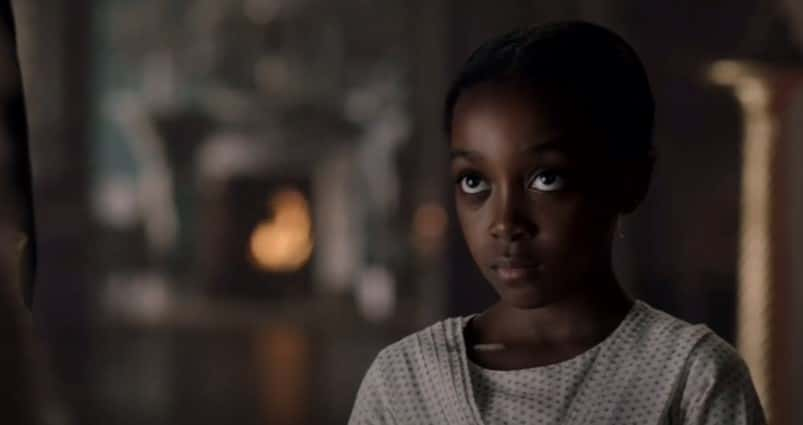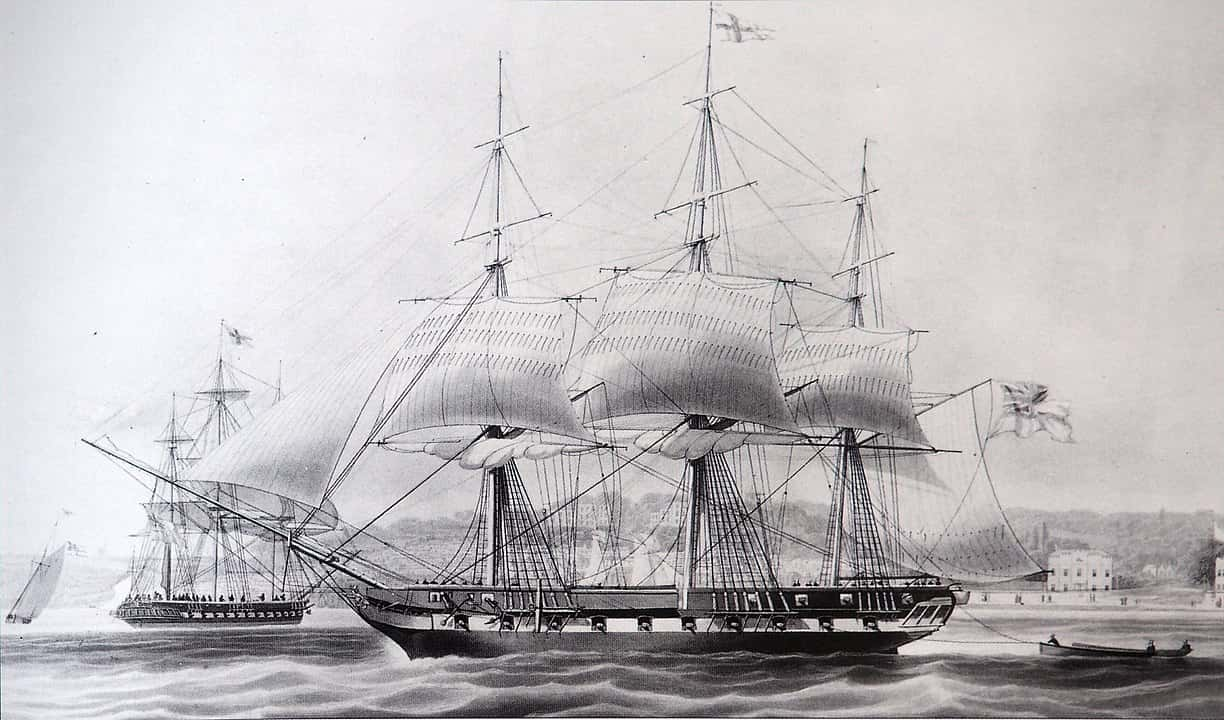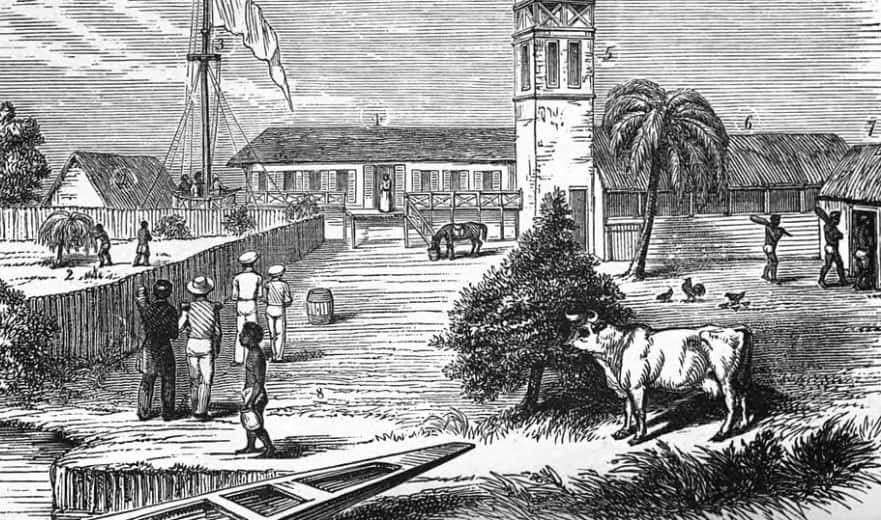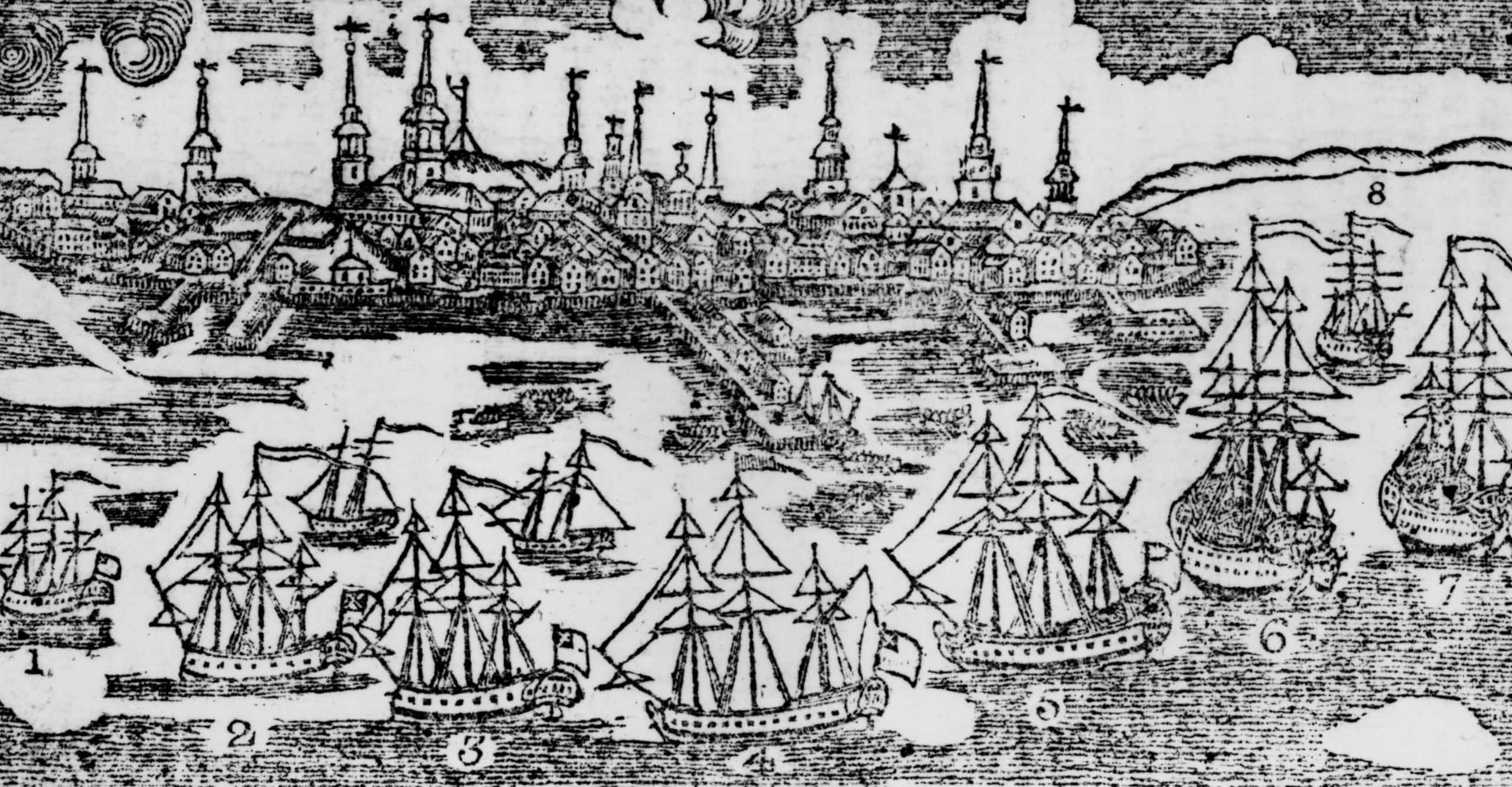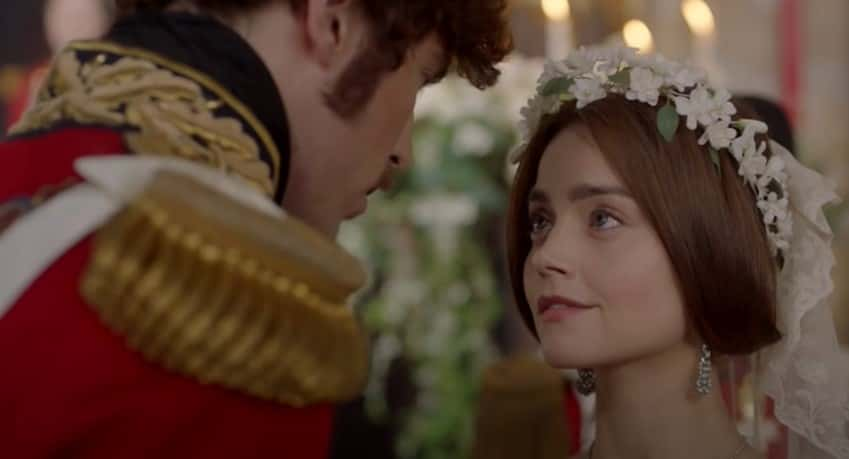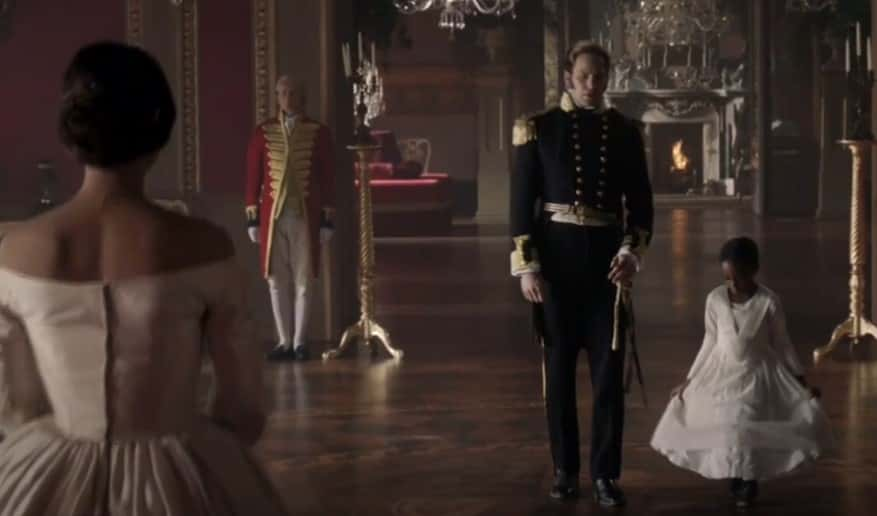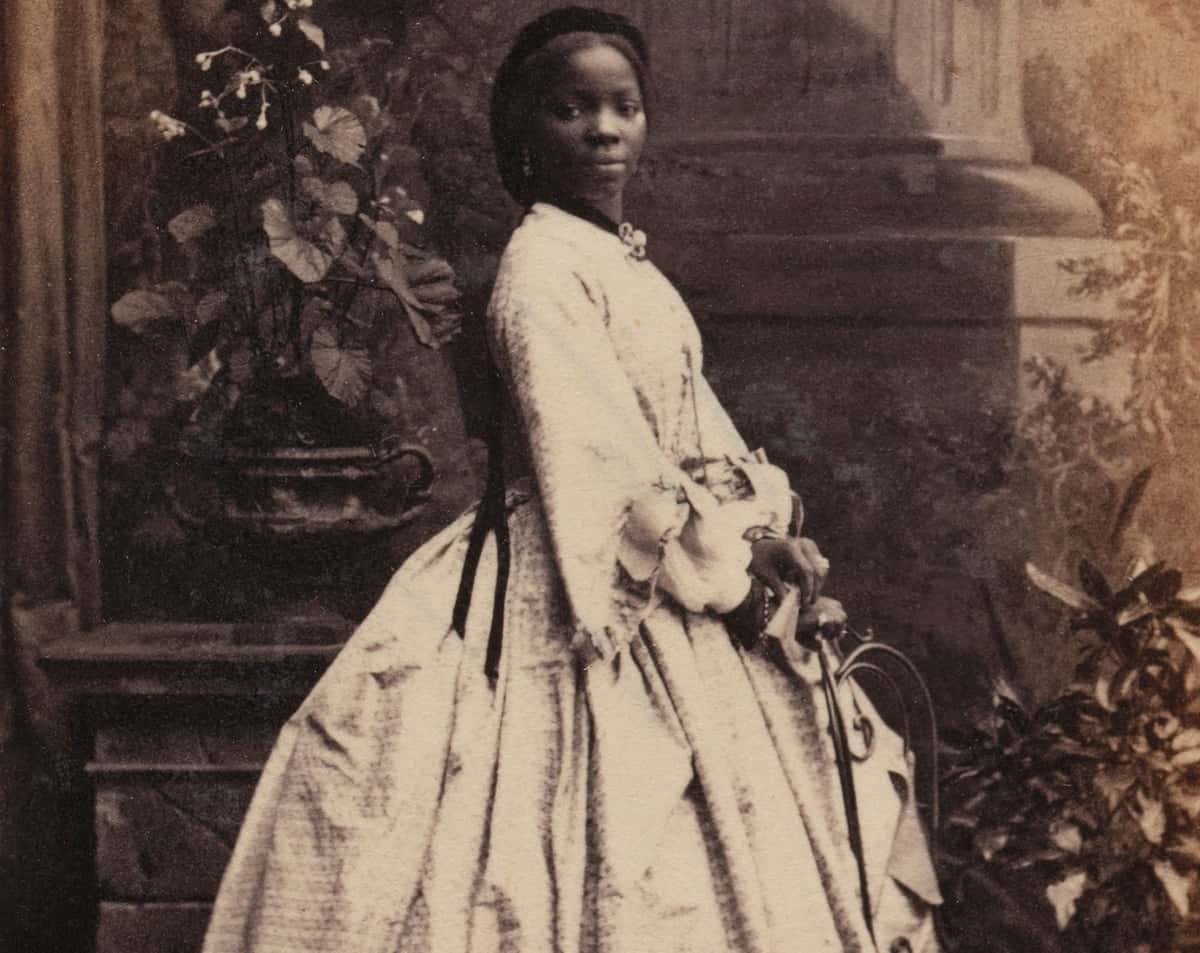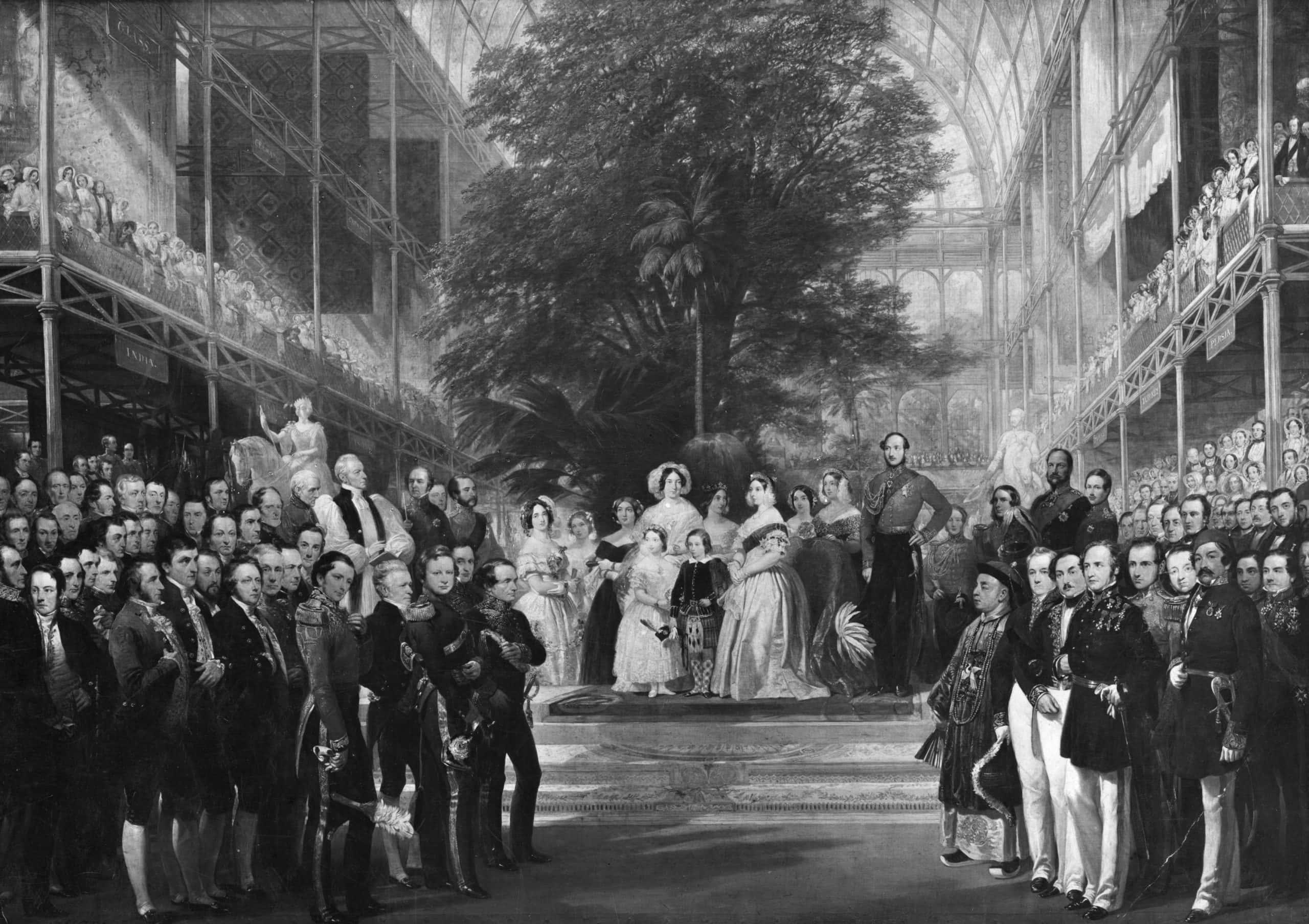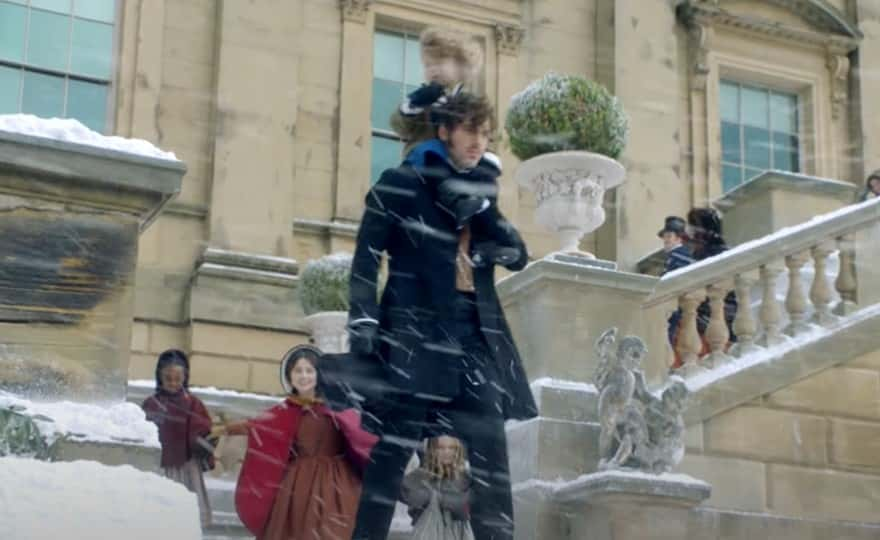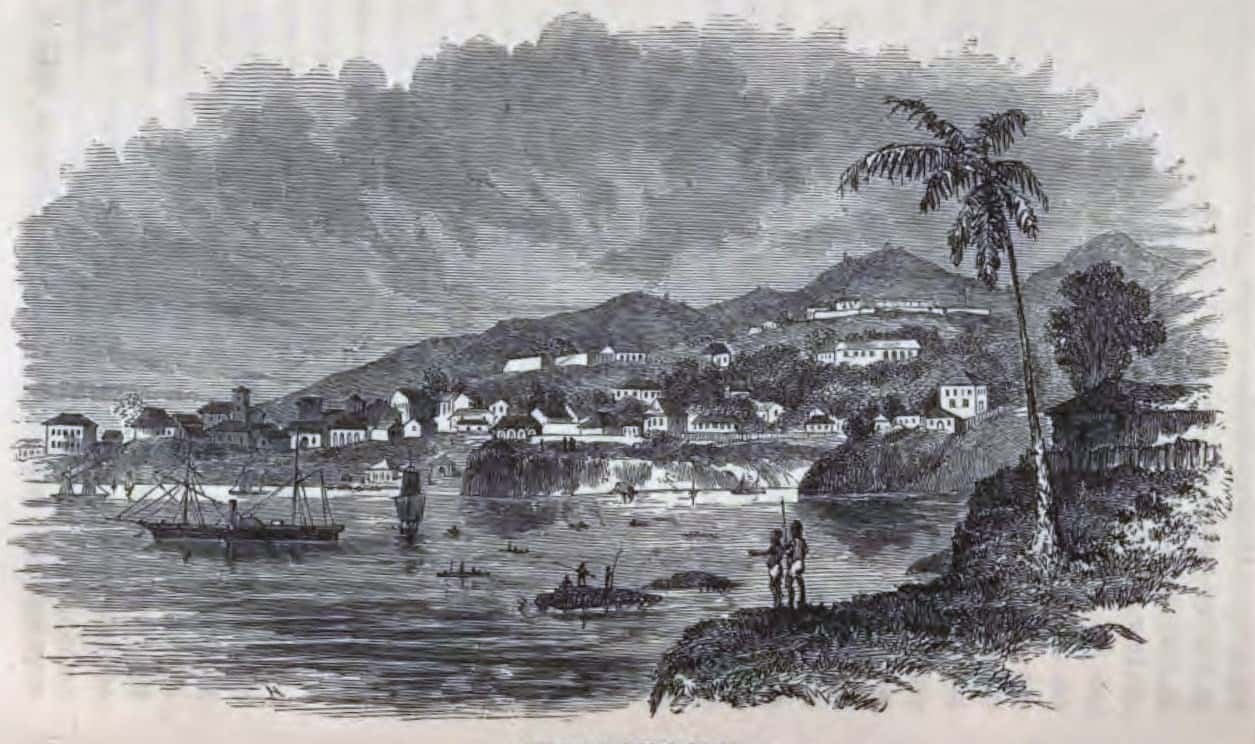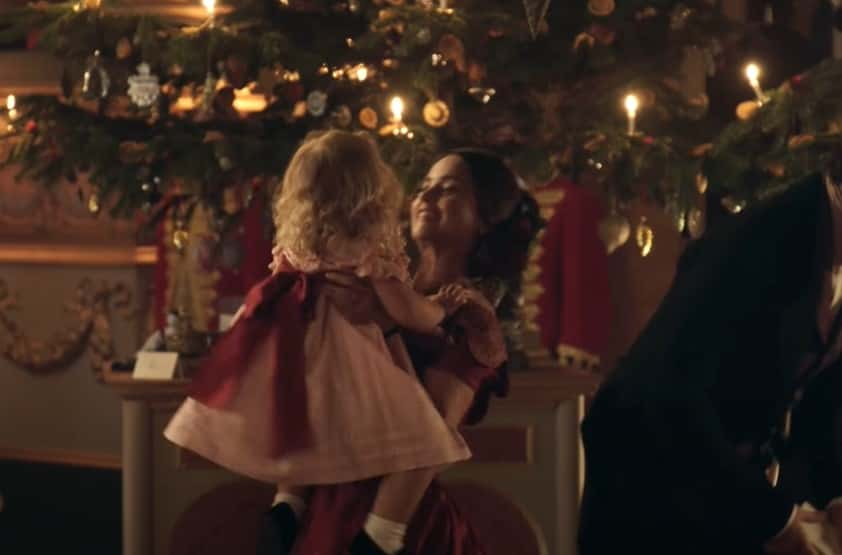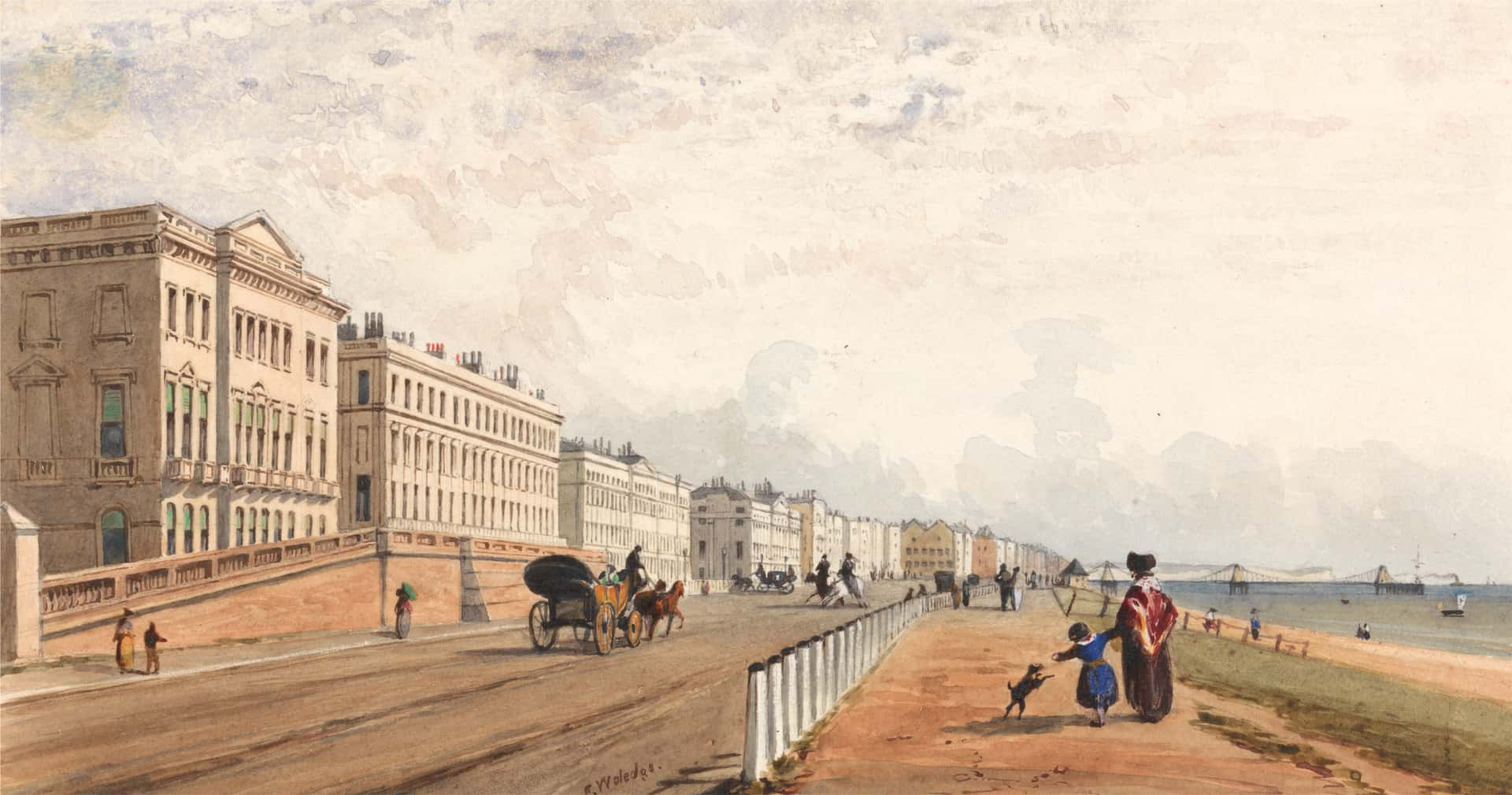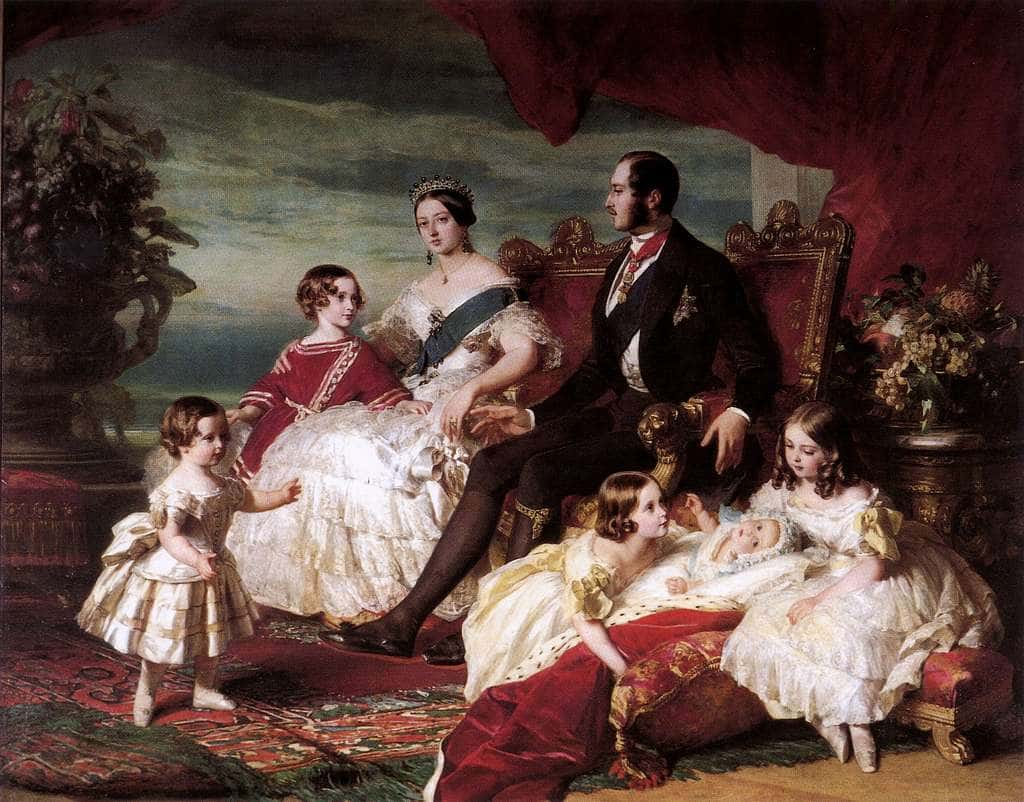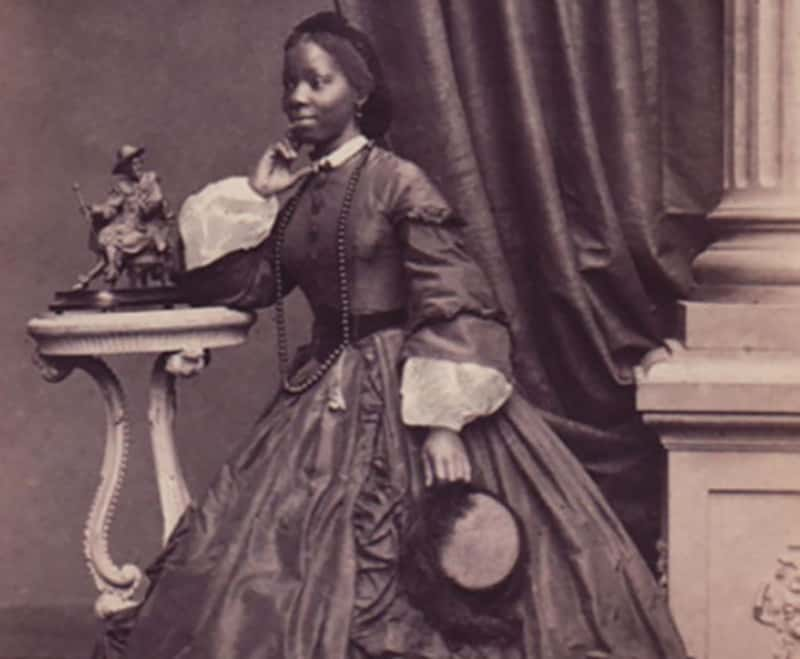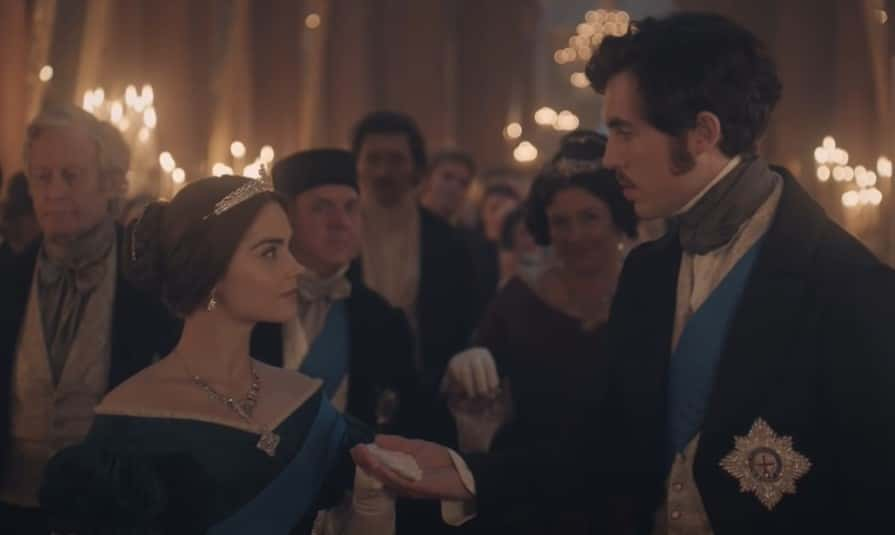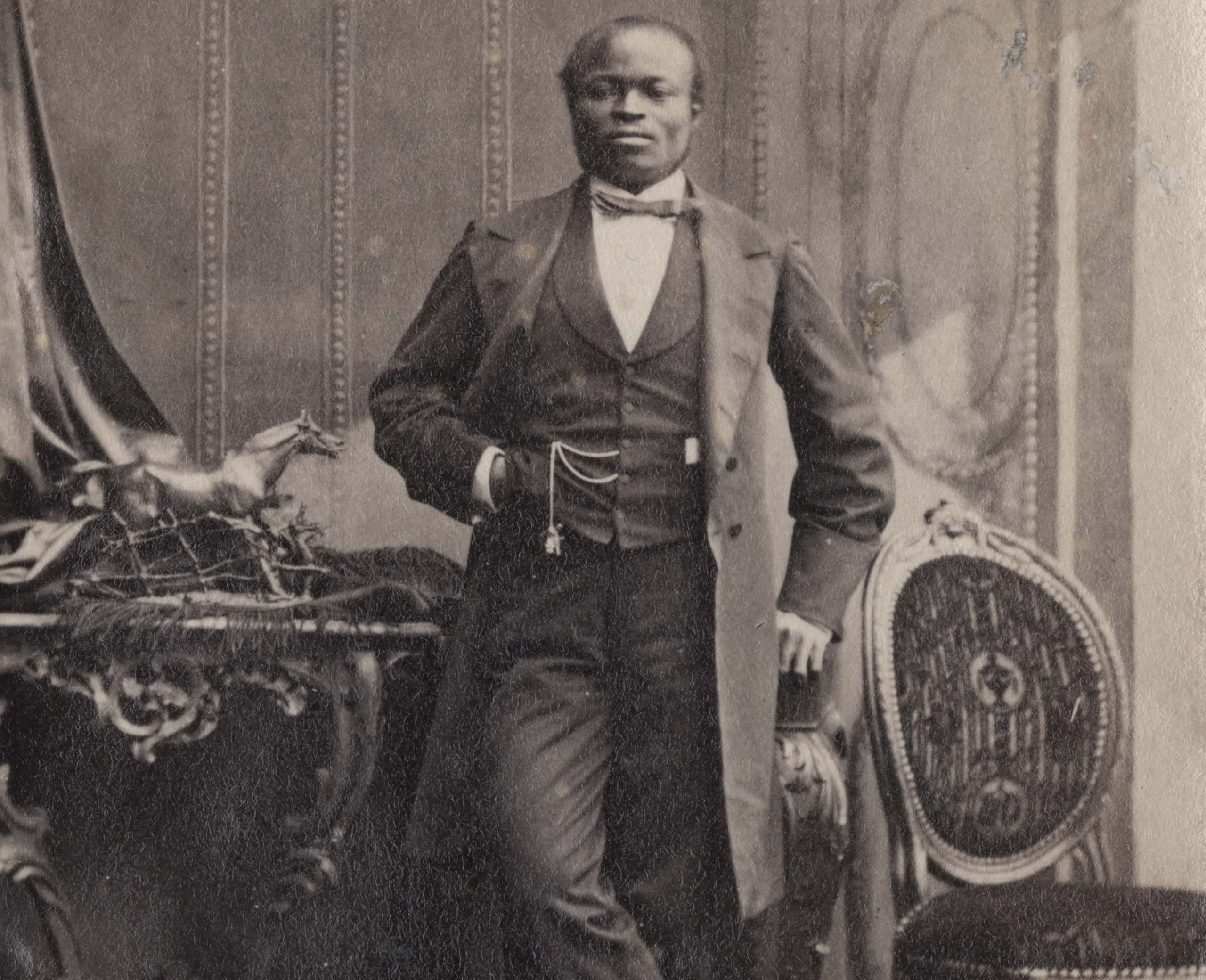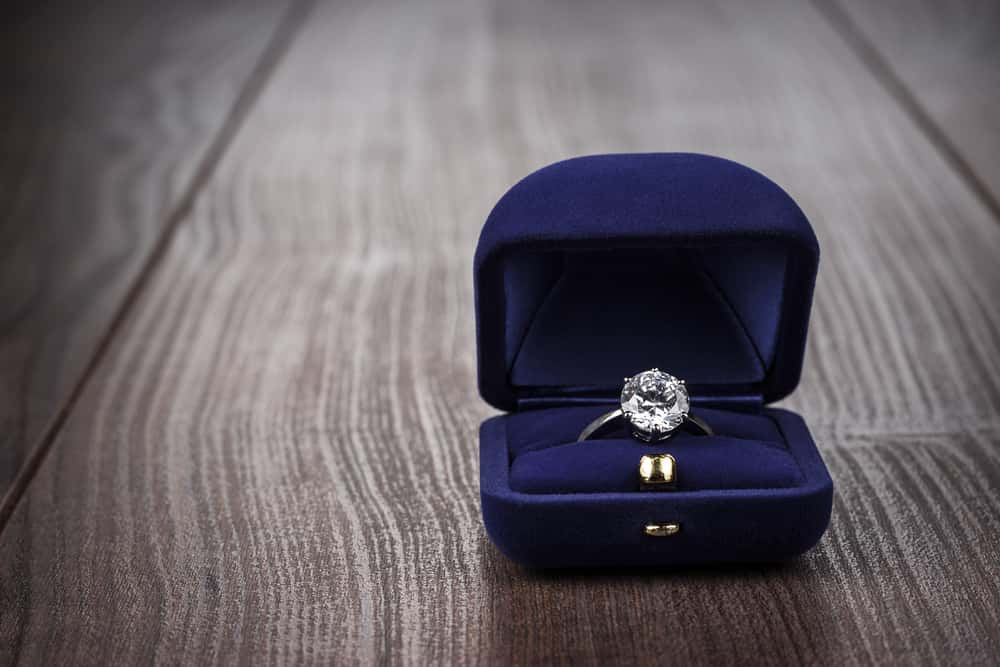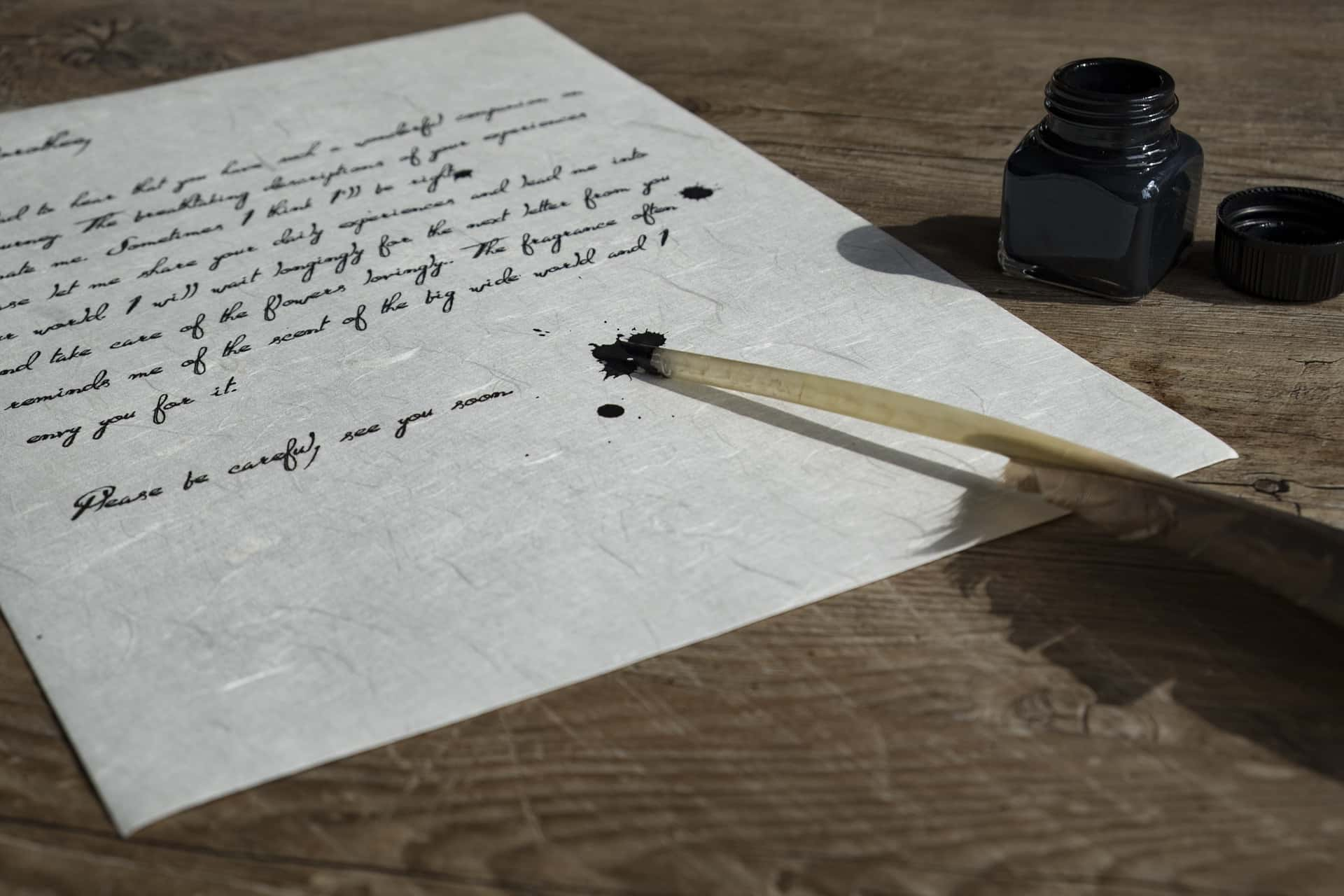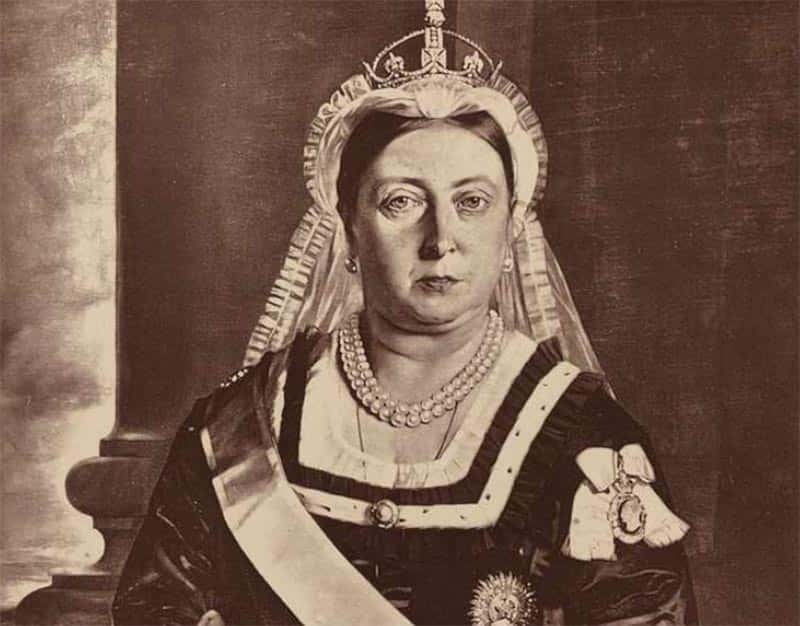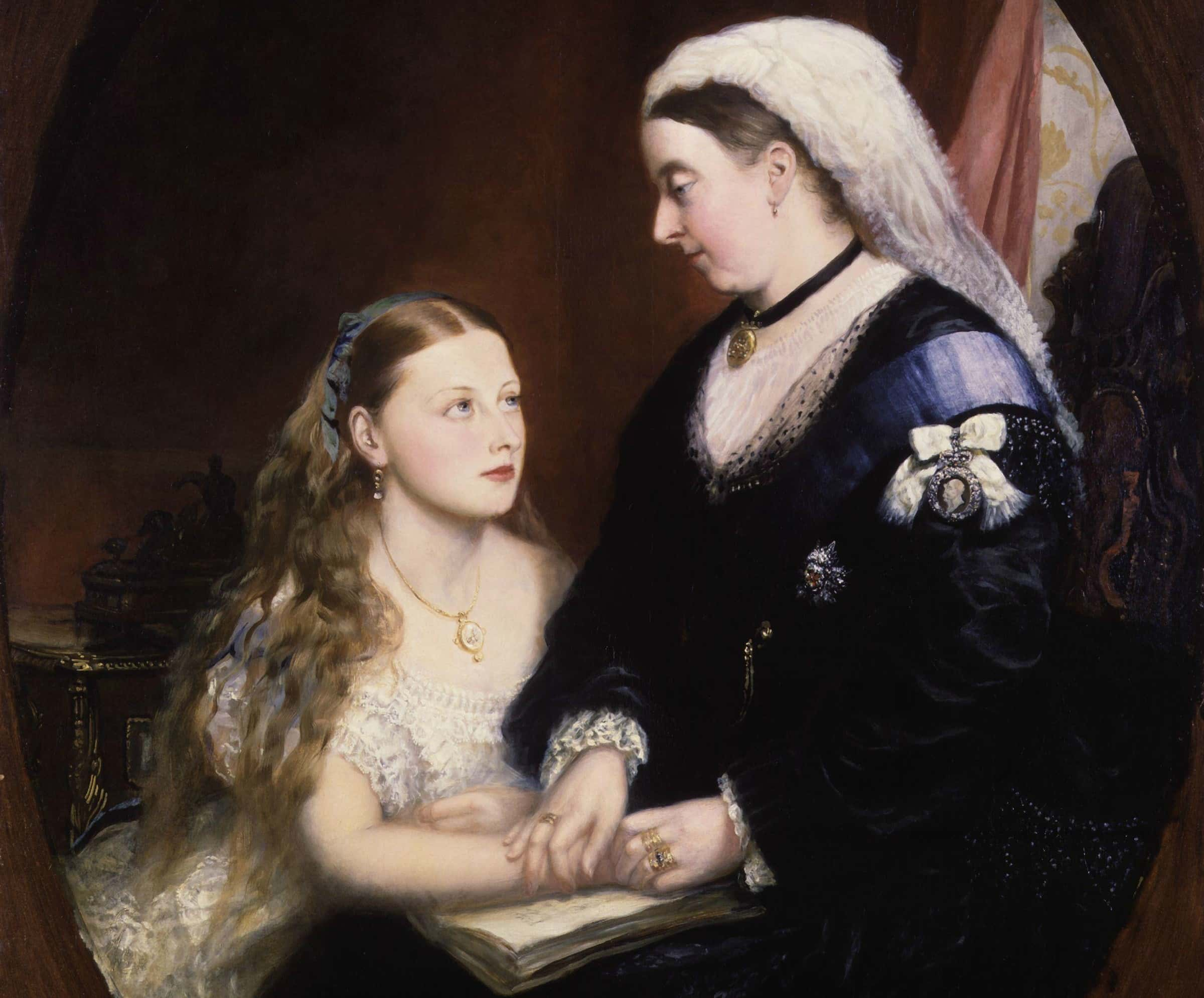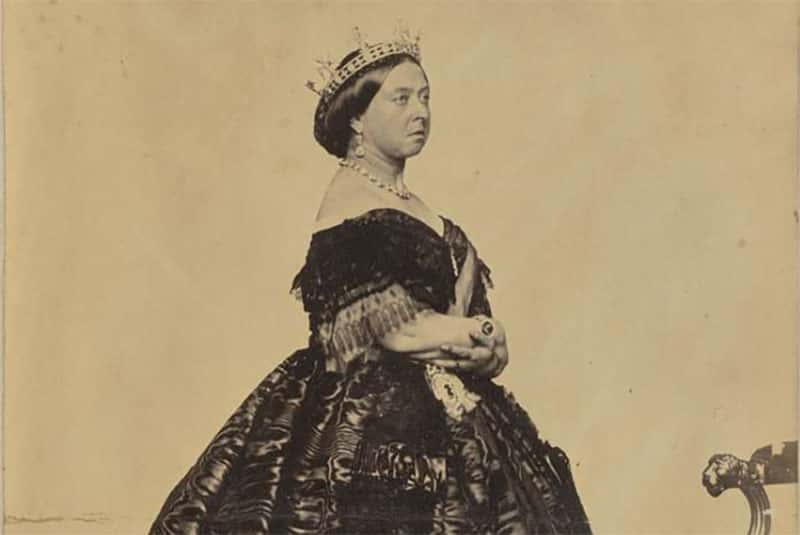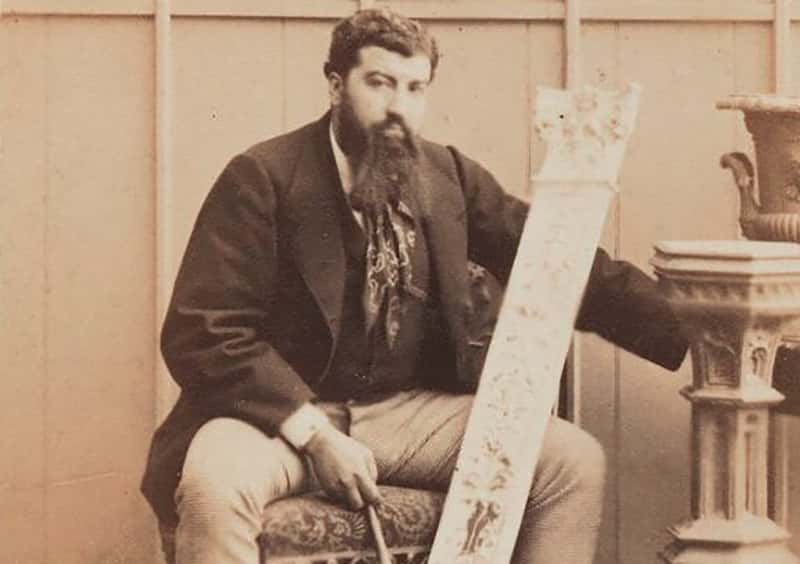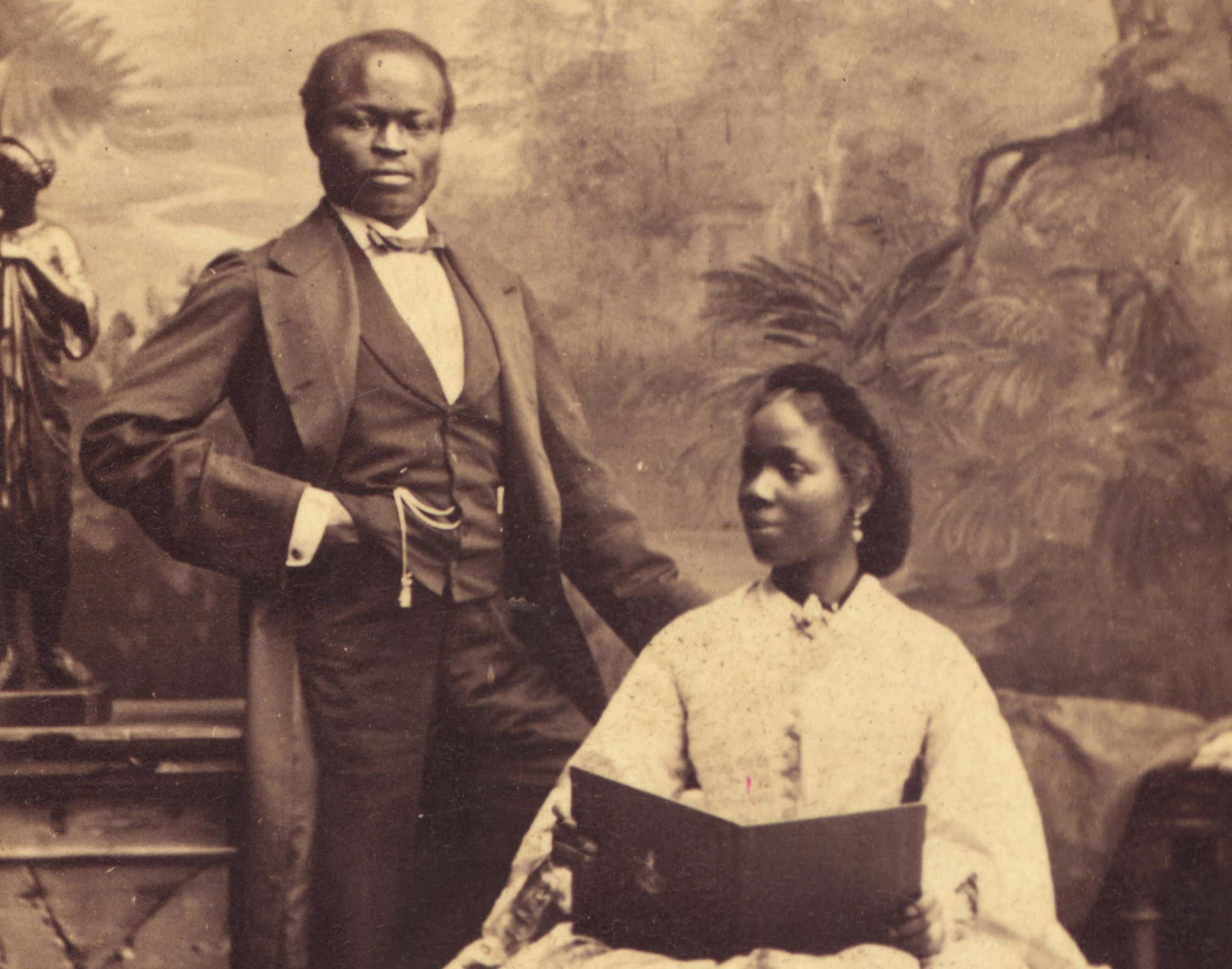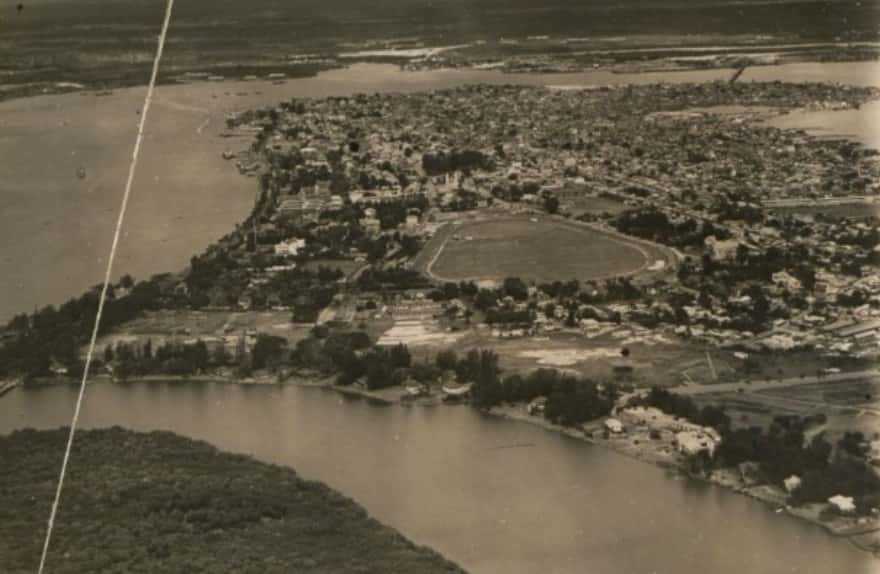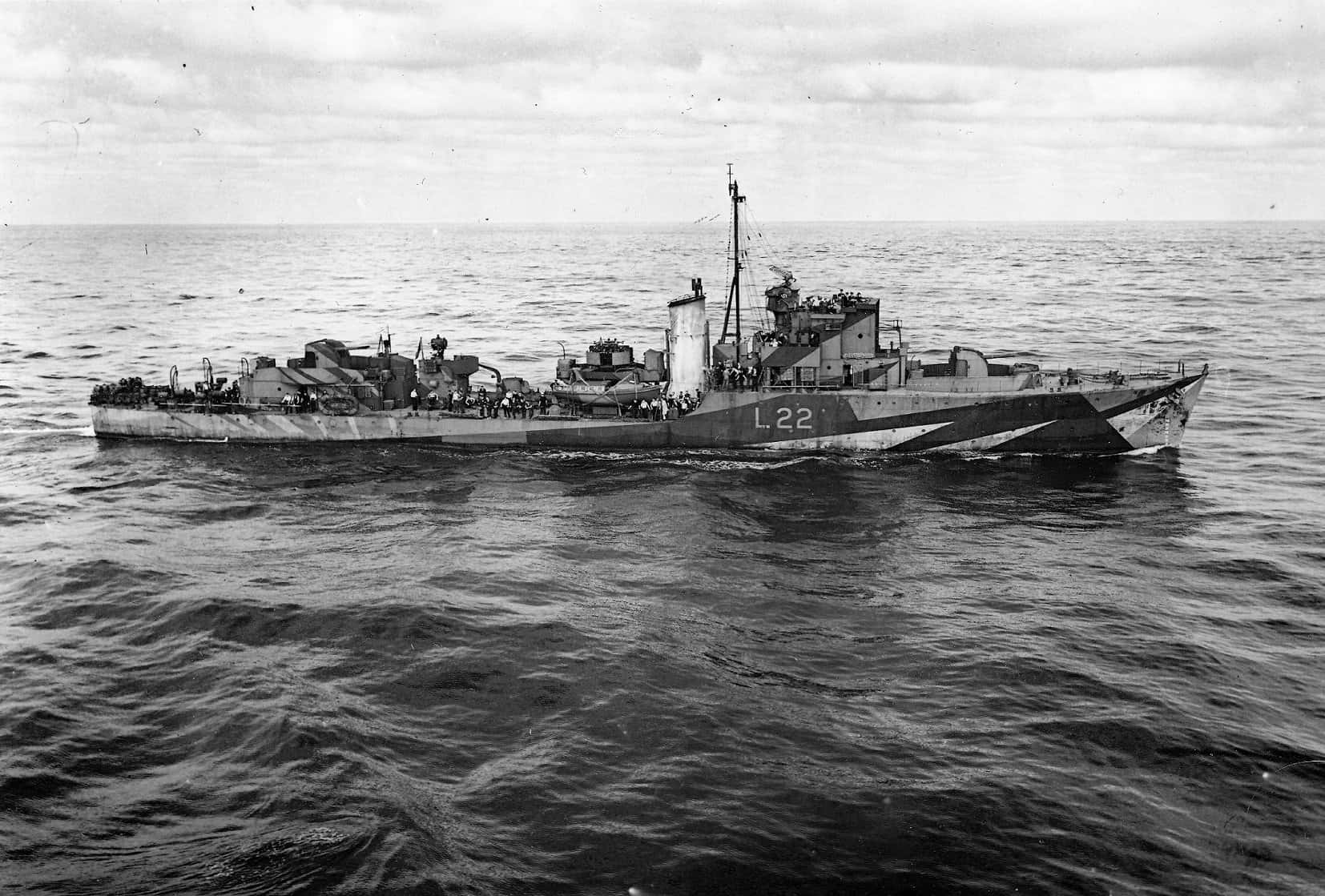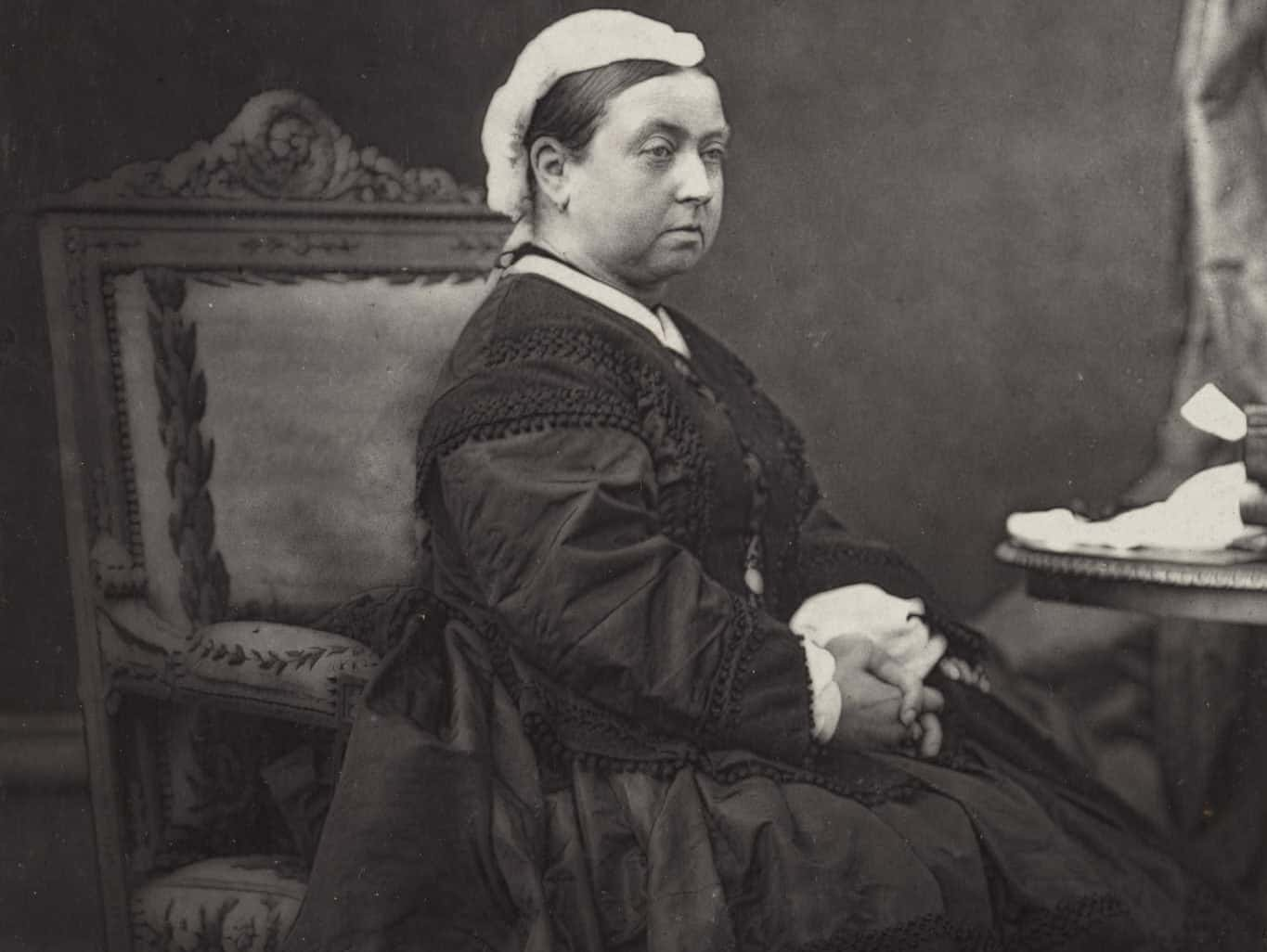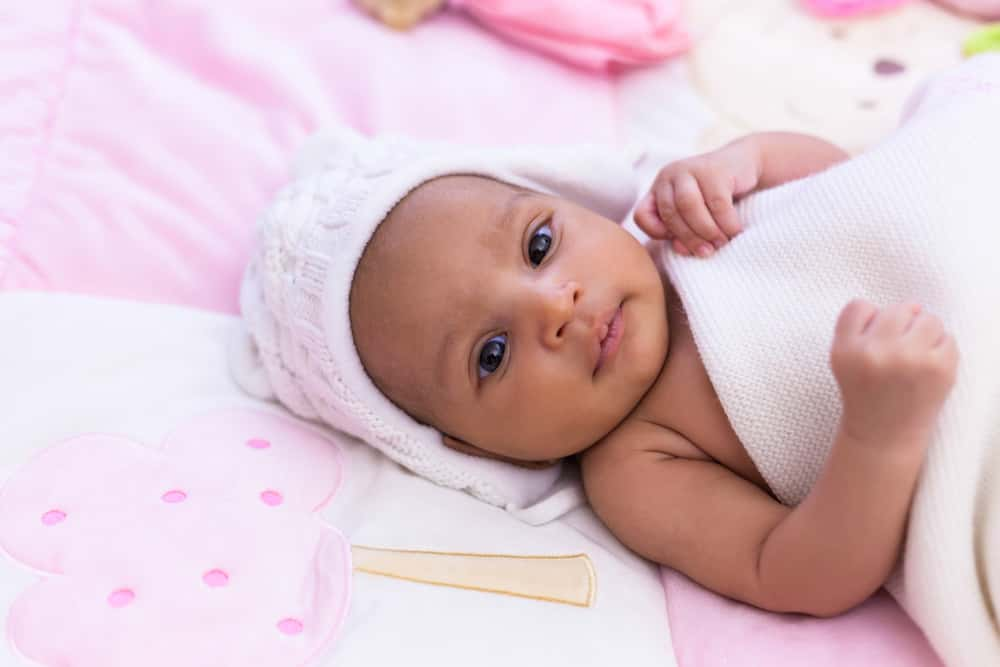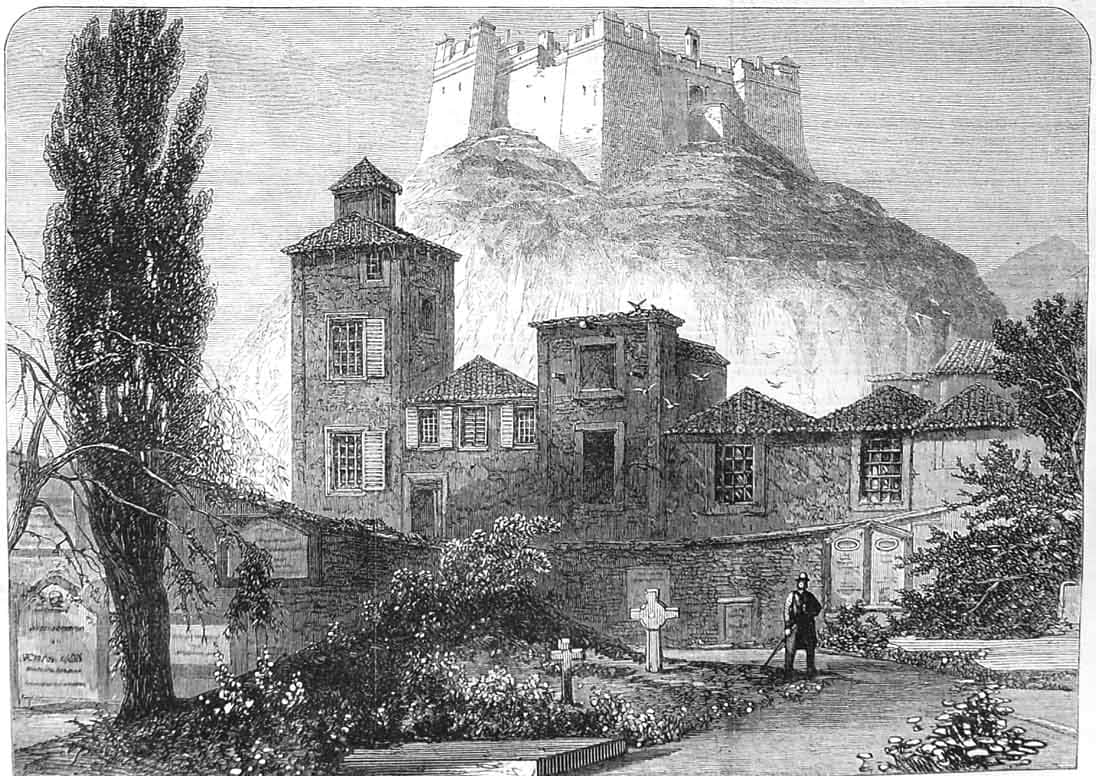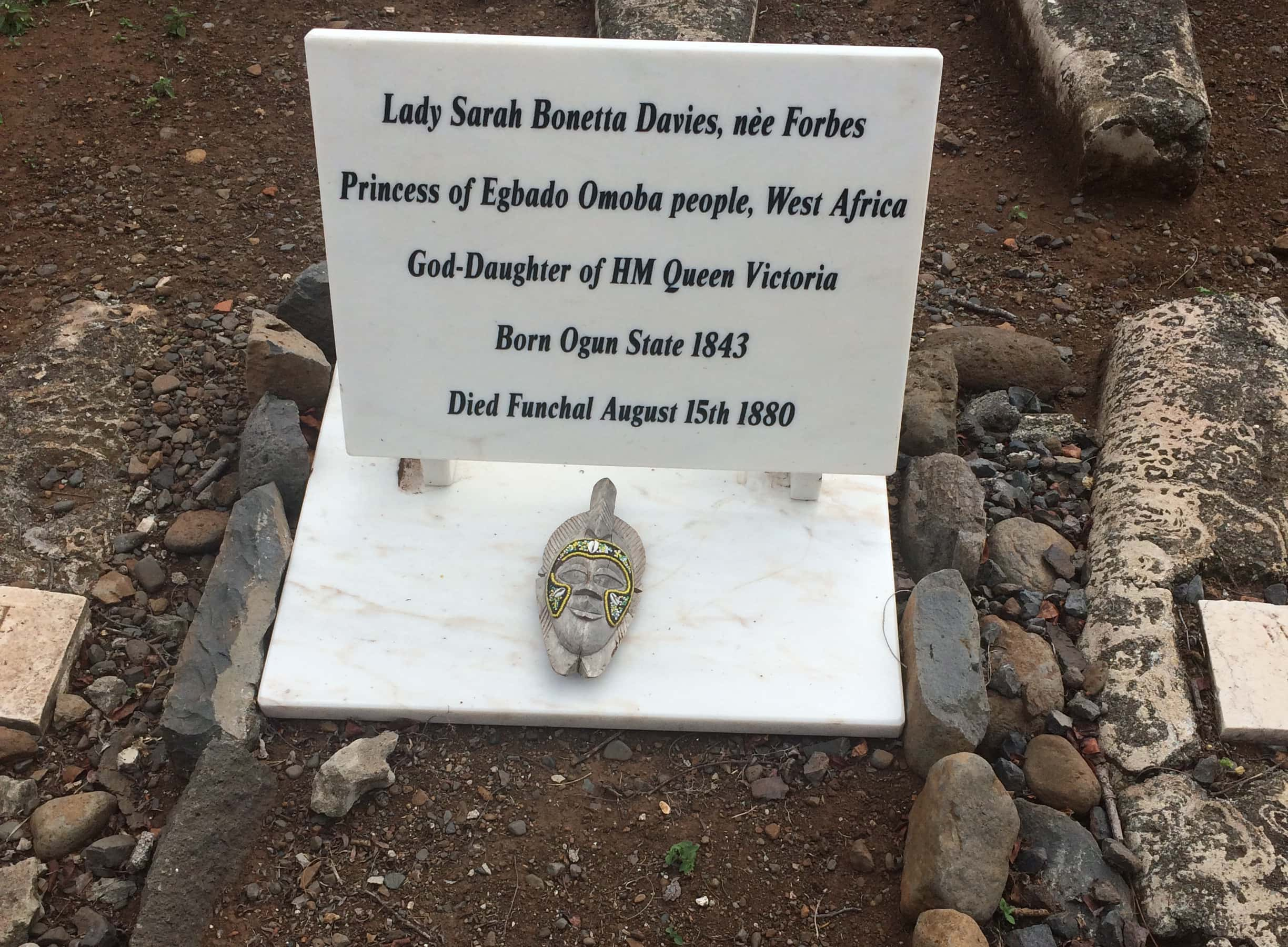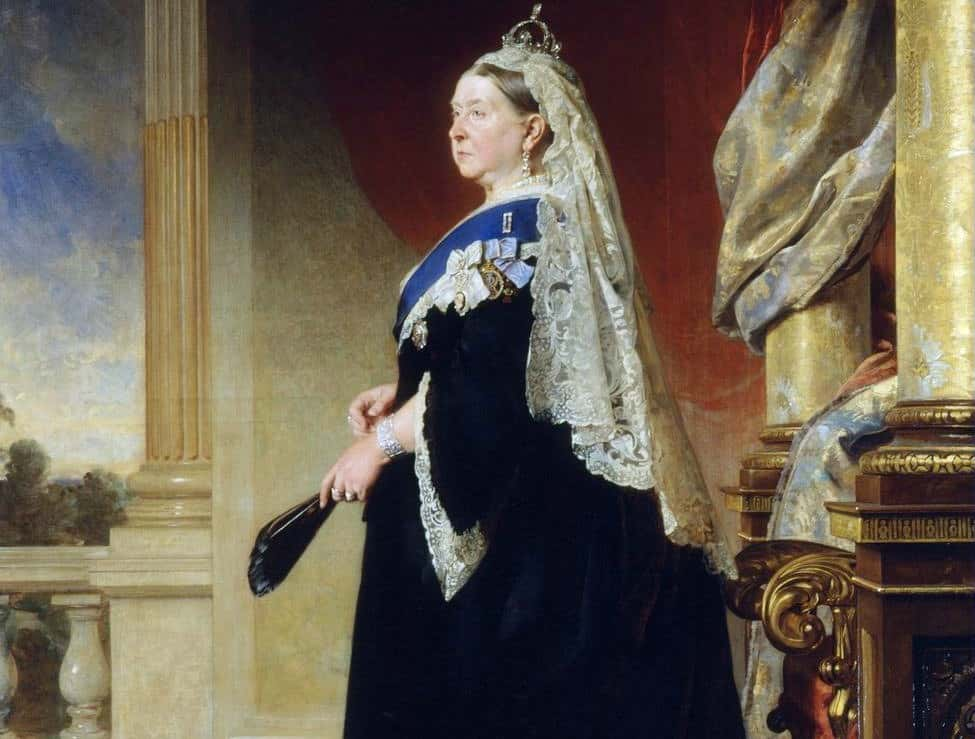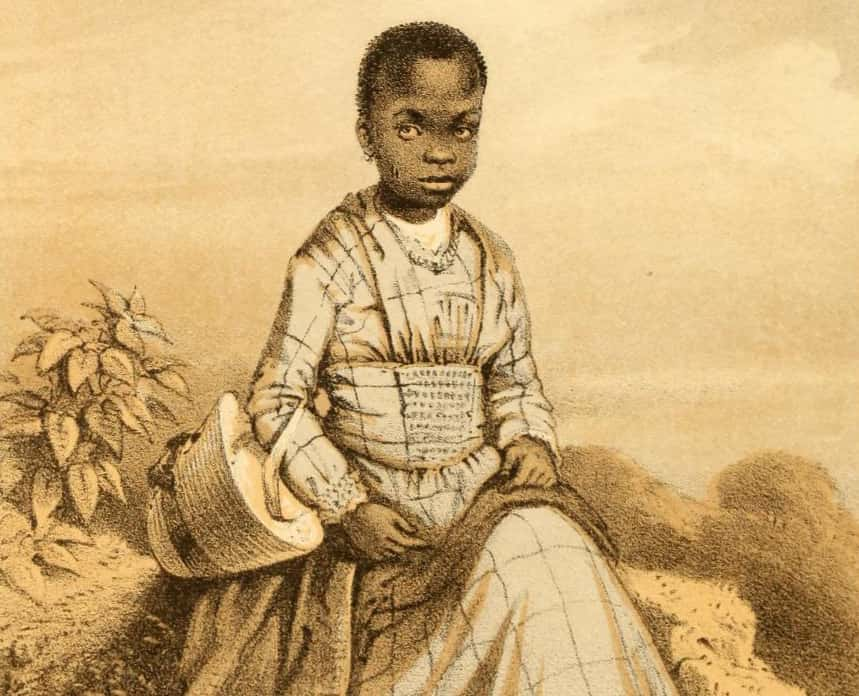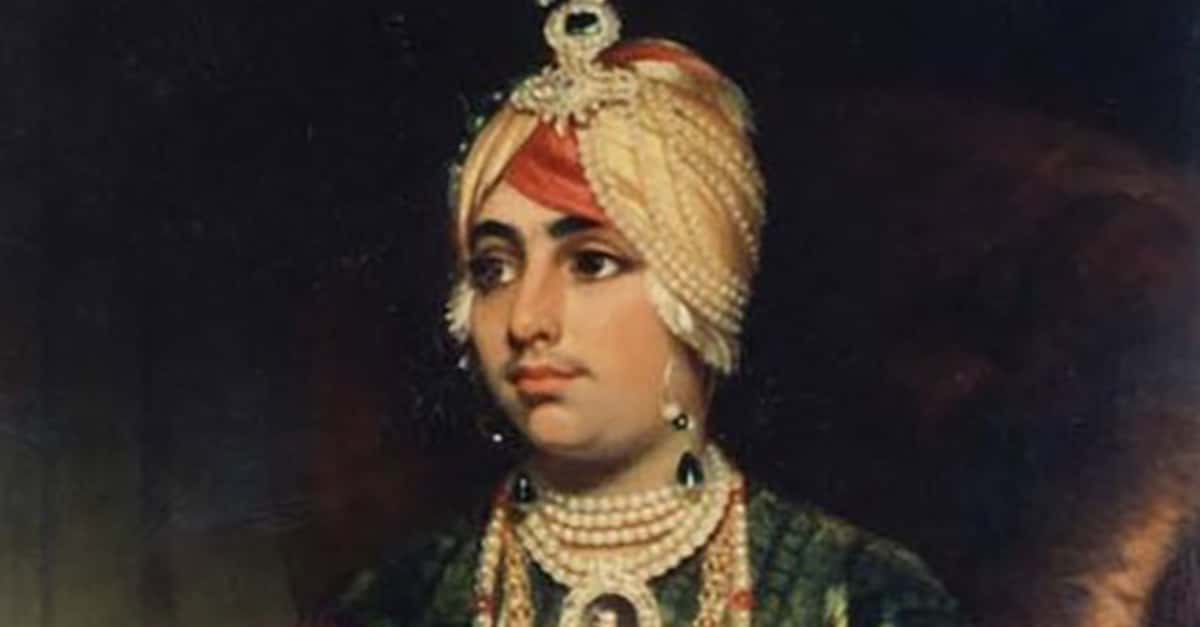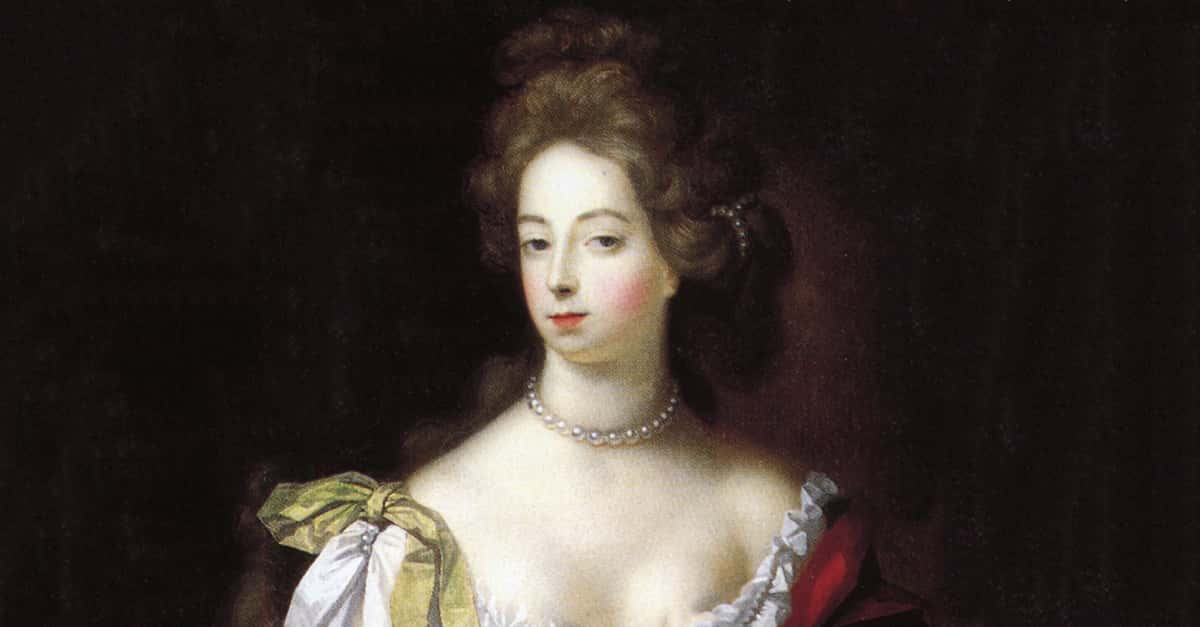The Stolen Princess In Queen Victoria’s Court
Strong, intelligent, and best known as Queen Victoria’s African goddaughter, Sarah Forbes Bonetta led an extraordinary life. Her experiences, however, were far from idyllic. Born an African princess and captured as a slave, she was later raised as the queen’s ward in English high society. But if her time in England revealed anything, it’s that any cage, no matter how gilded, is still just a cage…
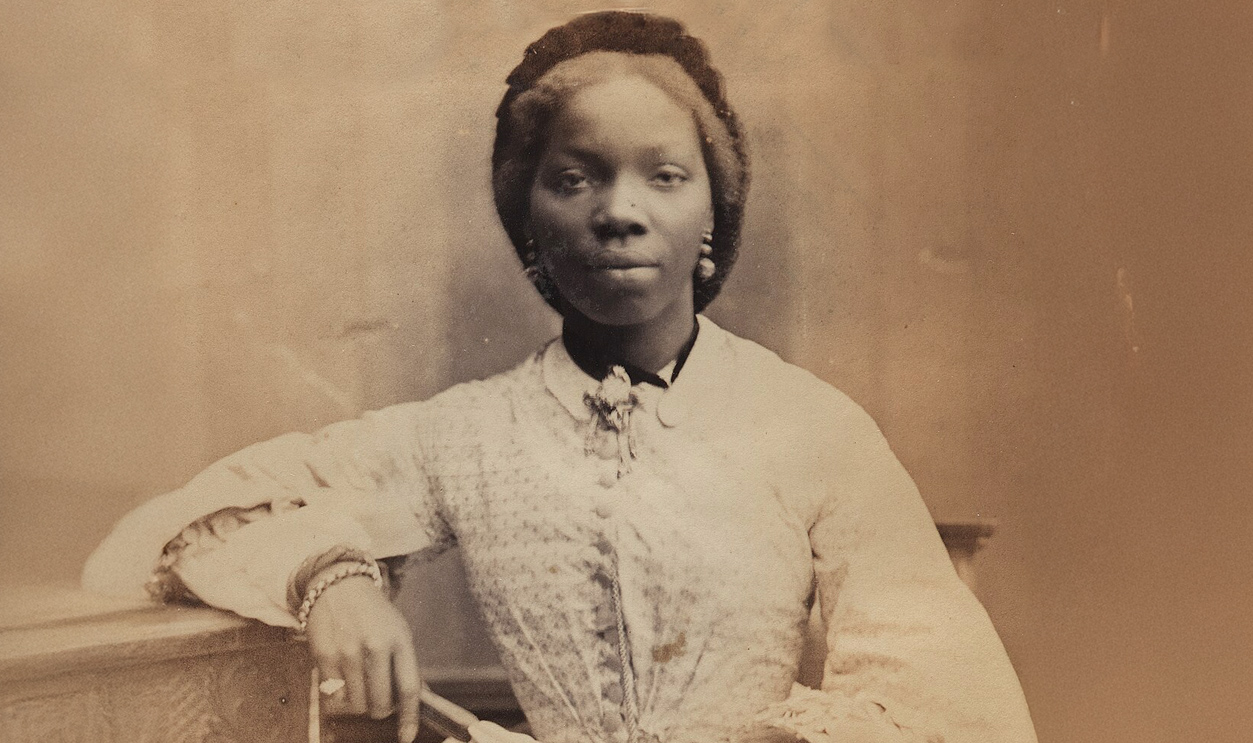
1. She Wasn't Born "Sarah"
Though history remembers Queen Victoria's feisty goddaughter as "Sarah Forbes Bonetta," that wasn't actually her name, at least not at birth. Born in 1843 in Oke-Odan, a West African village in present-day Nigeria, her family originally called her "Omoba Aina," which roughly translates to "Princess Aina" in English.
Unfortunately, this princess didn’t spend her early years living in the lap of luxury. Her situation was far more grim.
2. Her Childhood Was Chaotic
Aina had a tumultuous start to life. When she was just five years old, armies belonging to the nearby Kingdom of Dahomey invaded and attacked her home in Oke-Odan. Completely defenseless, many of the residents there lost their lives. When the dust cleared on the chaos, little Aina looked around...and abruptly came to a horrific realization.
3. She Witnessed Unspeakable Horrors
Although she was still breathing, both of her parents didn't make it out of the brutal attack. On top of that, she lost her home, her community, and her sense of security, and she had to bear witness to all of it. The phrase "earth-shattering" probably doesn’t even begin to cover it, and it would affect her for the rest of her life. But in the end, she suffered an even worse fate.
4. She Became A Child Slave
Although Aina and a very few others managed to survive the raid, the Kingdom of Dahomey had other ideas about what to do with them. In particular, King Ghezo of Dahomey held her and others captive, forcing her to serve as his child slave. The situation was dire, and once Aina actually got to know the man she was dealing with...well, it didn't get better.
5. Her Future Looked Hopeless
King Ghezo of Dahomey was one nasty piece of work. A manly man who loved military victories above all else, he also idolized slavery as a tool of power and expansion for his own people. In other words, there was little chance of this king ever giving Aina back her freedom—at least, not directly. Her situation seemed hopeless, and she served him for two long years. Then everything changed.
6. Her Fate Changed Course
After two years, an unexpected visitor arrived to Dhaome: Captain Frederick E. Forbes of the British Royal Navy. Sent on a diplomatic mission to persuade King Ghezo to cease Dahomey’s participation in the Atlantic slave trade (ha, fat chance), Forbes certainly had a difficult task ahead of him. Still, even though his mission ultimately proved unsuccessful, there was a silver lining...
7. The King Gave Her Away
As per the tradition on such occasions, Captain Forbes and King Ghezo exchanged gifts. Among other things, King Ghezo offered Forbes a footstool, some fine country fabric, a keg of booze, ten cowry shell heads, and a caboceers stool. Basic stuff, right? That is, until one particularly unusual gift came trotting out: A young girl. Aina’s life was about to take an unexpected turn.
8. She Was Meant For Someone Else
As bizarre as it might seem given their topic of conversation, King Ghezo gave Aina to Forbes as another potential present for Queen Victoria. Because of this, Forbes (correctly) Aina had some sort of high standing—and would therefore be destined for an even grislier fate if he didn’t accept her. How so? Well…Aina's situation was even more dire than it seemed.
9. She Struggled To Survive
As a high-status captive, it turned out that Aina was actually facing certain doom. A celebratory event called The Annual Customs of Dahomey was looming around the bend, and it wasn’t exactly known for its sunshine-and-rainbows-type festivities. Rather, it featured some pretty dark practices…Like, say, the mass executions as a form of ceremonial human sacrifice. Yeesh. And it seemed like Aina was right in the crossfire.
10. She Needed Help
Forbes was hyper-aware that Aina’s clocking was ticking. He wrote in a notebook that denying Aina as a "gift" wasn’t an option because it "would have been to sign her death warrant, which probably would have been carried into execution forthwith". Under such circumstances, who could possibly turn away? Aina’s life was literally on the line.
11. Her Future Was Uncertain
Thankfully, our girl wasn’t left to perish: Captain Forbes accepted Aina and agreed to take her back to England with him. Phew. However, considering that Aina had essentially just switched "owners," one has to imagine that she was probably still feeling a lot of anxiety right about now, especially given that she’d never met Forbes before and had no idea how he, as a complete and total stranger, would treat her. But she had no choice…
12. She Left Everything She Knew
On top of everything else, poor Aina now had to board a ship bound for England, a place she’d never been before. Worse, she had to do it knowing that it might be the last she ever saw of her homeland. It’s hard to imagine the mixed emotions Aina must have felt, but undoubtedly, her mind must have been reeling. Still, at least, deep, deep down, she’d always know who she was, right? Welp, time for the next blow.
13. She Lost Her African Identity
After leaving King Ghezo’s court, Forbes decided to make a brief stop in Badagry, a former slave-trading port. While there, he brought Aina to the Church Missionary Society, where he had her baptized and renamed after himself and his ship, the HMS Bonetta—effectively severing her last remaining link to her upbringing in the process. Metaphorically speaking, Omoba Aina disappeared; in her place, now stood Sarah Forbes Bonetta.
And "Sarah" had a long journey ahead of her.
14. She Found Her Sea Legs
Forbes couldn’t sail with Sarah to Britain right away—he still needed to finish his duties in Africa. As a result, Sarah spent a lot of time with the crew onboard the HMS Bonetta (which I’m sure wasn’t always 100% pleasant because…Well, seasickness). Regardless, Sarah thrived, and by the time the ship reached England, she’d successfully established herself as a "general favorite" with her shipmates, whom they affectionately referred to as "Sally".
In fact, Sarah became so well-liked that Forbes personally hoped to raise her himself. Assuming, of course, that she’d win over the Queen of England. Speaking of which…
15. Her Introduction Got Stalled
Curiously, Forbes didn’t bring Sarah to meet with the queen straight away. For whatever reason, it took him several months to arrange an introduction, during which time Sarah understandably must’ve been absolutely beside herself. After all, her fate now hinged on the outcome of this initial meeting—what would happen if the queen turned her down?
Finally, after a long wait, her adoptive father escorted Sarah Forbes Bonetta to Windsor Castle in November 1850.
16. She Met The Queen Of England
After hearing Sarah's story, Queen Victoria's response was heartbreaking. In one of her journals, Queen Victoria described their first meeting together and expressed her awe of the poor kid’s harrowing journey: Her attack, kidnapping, and her confinement to tiny quarters for weeks, watching helplessly as the other prisoners got hauled out for sacrifice. "Capt. Forbes saved her life by asking for her as a present," Queen Victoria wrote.
But in the end, that wasn't why Victoria took to her. That was because of something much different.
17. She Charmed The Queen
Thankfully, Sarah’s extraordinary tale wasn’t the only noteworthy thing about her. The little princess managed to greatly impress Queen Victoria with her "exceptional intelligence" and the amount of English she had picked up during her time on the ship. Pleased with the keen and clever seven-year-old girl, the queen readily accepted her "gift" as her new goddaughter.
From that point forward, everything changed.
18. She Bonded With Her New Family
Sarah flourished in her new life. Though the Forbes family continued to raise her in the British middle class, Queen Victoria assumed all responsibility for Sarah’s financial expenditures, education, and care. Sarah, in turn, paid regular visits to her new godmother and formed close bonds with all of the queen’s children. Oh, and she was super-duper smart, too.
19. She Was Highly Intelligent
You know those people who just magically seem to learn things without even trying? Well, that was Aina. Forbes wrote of her progress, "She is a perfect genius; she now speaks English well and has a great talent for music…She is far in advance of any white child of her age, in aptness of learning and strength of mind and affection".
Life for Sarah Forbes Bonetta was finally going smoothly. And then she hit another giant bump in the road.
20. Tragedy Struck Her Again
Not long after Sarah’s first year in England, she suffered yet another devastating loss. In early 1851, Captain Forbes passed from what was most likely a bout of malaria, throwing Sarah’s life into upheaval once more. She’d only just settled into her comfortable life in England, and now without Forbes, her future once again became clouded by uncertainty. Somehow, things got worse from there.
21. She Fell Ill
Sarah’s health unexpectedly deteriorated, too, and she contracted a persistent cough that she just couldn’t seem to shake. Because it was widely believed in England at the time that native Africans weren’t "compatible" with England’s climate, the remedy to Sarah’s condition wasn’t exactly based on cutting-edge medical science.
22. She Left England
In all her infinite wisdom, the queen decided that the "solution" to Sarah’s poor health was simply to ship her back to Africa. So, at the tender age of eight, Sarah was sent away to attend the Annie Walsh Memorial School in Freetown, Sierra Leone. It was supposed to be idyllic for the young girl. Unfortunately, the truth was much different.
23. She Hated Her New Life
Although Sarah did extremely well at the school, excelling in music, French, academic studies, and everything else required of a burgeoning upper-class lady, she grew terribly unhappy there. There was nothing the queen could do to cheer her, no matter how many books and gifts she sent. In the end, Sarah only lasted at the school for four years before returning to England in 1855, when she was 12.
Still, the queen didn’t allow her displaced goddaughter to come live with her, oh no. Instead, she sent Sarah off to lodge with another group of strangers…
24. She Joined A New Family
This time, however, the queen chose wisely. She entrusted Sarah’s care to Reverend James Frederick Schoen, a former German missionary in Africa, along with his wife Elizabeth and their daughter Annie. It was a good fit: Sarah was overjoyed with her new environment and quickly grew close to the Schoen family, even so much as lovingly referring to Mrs. Schoen as "Mama".
Happy once more, Sarah also resumed her usual visits to the queen and even stayed with members of the queen’s household on a regular basis. But alas, no good thing lasts forever.
 Wikipedia Rev Frederick Schoen house was in Gillingham
Wikipedia Rev Frederick Schoen house was in Gillingham
25. Her Joy Was Short-Lived
In 1861, Sarah’s world got turned upside down again when, after six years of domestic bliss with the Schoens, Queen Victoria ordered her to change residences once more. And Sarah was not happy about it. Unfortunately, no one was really interested in her feelings. Despite Sarah’s protests, the queen demanded that she relocate to Brighton to live under the supervision of Miss Sophia Welsh. And her reason was eye-rolling.
26. She Prepared For The Future
Despite placing Sarah with middle-class families on two different occasions, Queen Victoria apparently wanted Miss Welsh to prepare the now 18-year-old woman for "life in British society," which I’ll presume is royal lingo for "life as a fancy one-percenter". Yawn. In other words, the queen decided that it was time to introduce Sarah as a sort of…debutante?
It was around this point that the British public began to gossip about her...
27. She Began Attracting Media Attention
The British people were all well aware that Sarah enjoyed a close relationship with Queen Victoria and the rest of the royal family. But as Sarah would soon learn, the public’s recognition of her as a close friend of the royal family was one thing; having that friendship dissected in the media purely because of her skin color was quite another. As such, her time in the British spotlight wasn’t always kind. She learned that the hard way.
28. She Became A Source Of Media Gossip
Although England was technically an abolitionist country by this point, many (if not most) of the English people of the 19th century still held some incredibly racist views, such as that Africans were "intellectually inferior". But then, along came Sarah: Intelligent, educated, and queen-approved. It blew their little minds, and as a result, her accomplishments were often (and unfairly) discussed in the media purely for scrutiny’s sake.
But hey: If the Karens of yore truly felt that watching Sarah informally rub elbows with England’s rich and powerful was a sight worthy of some indignant pearl-clutching, what happened next must’ve driven them absolutely crazy.
29. She Attended Two Prestigious Weddings
In 1858, Sarah Forbes Bonetta received a formal invitation to the wedding of the queen’s eldest daughter, Princess Victoria, and of course, the media was immediately all over it. One newspaper, The Illustrated London News, even felt the need to announce to the public that Sarah would, in fact, be in attendance amongst the other guests, reading: "A command has been received from her Majesty for Sarah Forbes Bonetta, the young African Princess…to be present to witness the marriage ceremony of the Princess Royal".
Sarah also attended a wedding for Queen Victoria’s other daughter, Princess Alice, four years later. She had no clue that she’d be walking down the aisle herself that same year.
30. She Gained An Admirer
Funnily enough, Sarah actually met her future husband, Captain James Pinson Labulo Davies, years earlier at the Annie Walsh Memorial School in Sierra Leone, though they barely knew each other. But, given how much she loathed the years she spent there, their meeting most likely occurred at a time that Sarah would have probably preferred to forget altogether. Regardless, he certainly remembered her…
31. She Received A Proposal From An Old Acquaintance
When Sarah Forbes Bonetta was just 19 years old, her 31-year-old former classmate, James, expressed his desire to marry her. Now, as a former British naval officer turned super-wealthy businessman, this was a guy who had done pretty well for himself. But of course, there’s more to life than money, and Sarah knew it. So, when James—a guy she barely remembered from her dark days at school—proposed marriage to Sarah,she didn’t exactly start turning cartwheels. Her response was surprising.
32. She Didn’t Love Her Suitor
Sarah Forbes Bonetta best described her feelings about the proposal in a letter to Mrs. Schoen, AKA "Mama". Writing: "Others would say ‘He is a good man, and though you don’t care about him now, will soon learn to love him.’ That, I believe, I never could do. I know that the generality of people would say, ‘He is rich, and your marrying him would at once make you independent,’ and I say, ‘Am I to barter my peace of mind for money?’ No—never!" Preach.
33. She Wanted To Say No
Clearly, Sarah didn’t want to go through with the union. But once again, her feelings didn’t matter: James sought out Queen Victoria’s approval. That's when Victoria turned and betrayed her own goddaughter. She gave her blessing, despite Sarah's objections. As ludicrous (or rage-inducing) as it sounds, Sarah had absolutely no say in the matter. This wedding was happening whether Sarah liked it or not.
34. She Became A Reluctant Bride
Despite her obvious reservations, Sarah and James married in August of 1862 at Saint Nicholas’ Church in Brighton, East Sussex. No, she didn’t want to marry him, but at the very, very least, her being the Queen of England’s goddaughter seemed to bring about certain, shall we say, advantages when it came to the wedding planning...
35. Her Wedding Was Lavish
For starters, Sarah and James got married on the queen’s dime—and the queen had a lot of dimes. Their wedding, which the Bishop of Sierra Leone officiated, featured 16 bridesmaids and 10 horse-drawn carriages. Further adding to the wow factor (for the times), they arranged the wedding party so that the African gentlemen would escort the white ladies while the white gentlemen escorted the African ladies.
Yet intriguingly, the extravagance of Sarah’s wedding ceremony wasn’t actually the most interesting thing about it.
36. She Still Identified as "Aina"
Although most people tend to focus more on the ceremonial aspect of weddings, legally speaking, it really all boils down to one thing: The marriage certificate. Notably, Sarah didn’t sign her marriage certificate as "Sarah Forbes Bonetta". Rather, she signed it as "Ina" (a variant of Aina). It’s hard to say why with any kind of certainty. Was she protesting the marriage by not using her legally recognized English name? Or was it because, in her heart of hearts, she was still Omoba Aina?
Probably a little of both.In any case, Queen Victoria seemed determined to maintain the prestige of her goddaughter’s identity as "Sarah Forbes Bonetta". So she came up with a novel way to do it.
37. She Had A Celebrity Wedding Photographer
About a month after the wedding, Queen Victoria commissioned Camille Silvy, the most recognized celebrity photographer in England, to snap some fancy shots of Sarah with her new husband. Silvy was the photographer of choice for capturing the royals of that era and had previously worked with many of Queen Victoria’s family members (though, not the queen herself). Now, it was Sarah’s turn.
38. Her Photos Encapsulated Her Accomplishments
Sure enough, Sarah’s session with Silvy produced some seriously amazing, historically significant pictures that still exist today. In one particular photograph, Sarah is pictured wearing her wedding dress (symbolizing her nuptials), holding a book (to signal her intelligence), wearing expensive jewelry (a sign of her wealth). Oh…And James was in there, too.
The queen clearly intended for the prestigious photo op to further tout Sarah’s high status in English society. Ironically, though, Sarah was hatching quite a different plot.
39. She Returned To Africa
Although the newlyweds briefly stayed in Bristol after saying their "I do’s," James’s company was ultimately still based in Africa. So, they left England soon afterward—traveling first to Sierra Leone, then to Lagos. While James managed his business, Sarah took it upon herself to teach at a school. However, new fears began to grow. Her safety in Lagos was far from a sure thing.
40. She Had An Evac Plan
Oddly, despite the fact that it was the queen who urged Sarah to marry a man whom she presumably knew resided in Lagos, Queen Victoria feared that her goddaughter might not actually be safe there. So much so that she felt compelled to arrange an emergency escape plan for Sarah via the Royal Navy, which allegedly had standing instructions to rescue her in the event of anything bad happening (like, say, a political uprising). Um, thanks?
However, Sarah’s inevitable return to England wasn’t motivated by the fear of losing her life—although unbeknownst to her, her life would soon be in jeopardy for an entirely different reason.
41. She Became A Mother
In 1863, Sarah gave birth to a baby girl. Wanting to name her Victoria, she and her husband asked for the queen’s permission to name the baby after her, and naturally, the queen was delighted. Queen Victoria not only agreed, but she consented to make Sarah’s baby her goddaughter as well. Of course, this meant that Sarah would soon have to arrange to present her new daughter to her royal namesake.
As such, another overseas trip loomed on the horizon.
42. She Returned To England
Three years later, Sarah and her family journeyed back to England and presented the baby (now a toddler!) to Queen Victoria in December 1867. Christened Victoria Matilda Davies, the queen gifted the child a set of gold dishware (a salver, fork, knife, spoon, and cup), which, honestly, is just peak royalty. Regardless, it was a happy trip. Sarah could never have guessed it would all turn sour so soon.
43. Her Health Began To Plummet
Sarah wasn’t feeling well. Her cough—that pesky, chronic cough—had returned in full force, and this time, nothing could abate it. Although Sarah and James eventually had two more children together, called Arthur Davies (1871) and Stella Davies (1873), her health continued to decline. Growing sicker and sicker, Sarah soon learned the devastating reason why.
44. Her Illness Was Terminal
It turned out that Sarah was suffering from tuberculosis, an awful, then-incurable disease. Distressingly, there was nothing anyone could do for her. Still, Sarah refused to give up hope. Perhaps she could, at the very least, find a way to postpone the inevitable? Unsure of what to do next, Sarah began to explore her options.
45. She Moved To Portugal
In truth, there were probably very few things that Sarah could try, but she was determined. So, in an attempt to improve her health once again, Sarah ultimately made her way to Madeira, hoping (praying!) that the warmer environment there might help her to gain back some much-needed strength. Sadly, the end came swift and brutal.
46. She Passed On
Sarah Forbes Bonetta died on August 15, 1880, in Funchal, Madeira Island. She’d passed young, at a mere 37 years old. Her final resting place is located at the British Cemetery of Funchal, near the Anglican Holy Trinity Church in Rua Quebra Costas Funchal. Regrettably, not all of her family was with her when she passed…
47. Her Daughter Was Devastated
Sarah’s now-17-year-old daughter, Victoria, was not in Madeira when her mother succumbed to TB. Instead, she was on her way to see the queen in Osborne when she received the tragic news. Queen Victoria characterized the young woman in her journal as being "dreadfully upset and distressed" at her loss of her mother, and she, too, shared in Sarah’s daughter’s grief.
But they say that grief has seven stages, and the sadness that Queen Victoria felt at Sarah’s loss might have randomly turned to displaced anger.
48. Her Widower Was Blamed
Another entry in Queen Victoria’s journal indicated that she (at least in part) blamed Sarah’s widower, James, for her untimely passing. The obvious resentment in the line, "[Victoria’s] father has failed in business, which aggravated her poor mother’s illness," doesn’t speak much to Queen Victoria’s opinion of James. Regardless, he clearly missed Sarah…
49. Her Husband Erected A Memorial In Her Name
After Sarah passed, James constructed an eight-foot plus, obelisk-shaped granite memorial in her honor in Ijon, in Western Lagos. The obelisk’s inscription reads:
"IN MEMORY OF PRINCESS SARAH FORBES BONETTA
WIFE OF THE HON J.P.L. DAVIES WHO DEPARTED THIS LIFE AT MADEIRA AUGUST 15TH 1880
AGED 37 YEARS"
50. She Was More Than Just A Royal Protégé
Aina was from the Egbado Clan of the Yoruba people. And for those unfamiliar with the Yorùbá language (as I am), her full name, "Omoba Aina" comes because"omoba" actually means "child of a monarch". As such, "Omoba Aina" = "Princess Aina".


